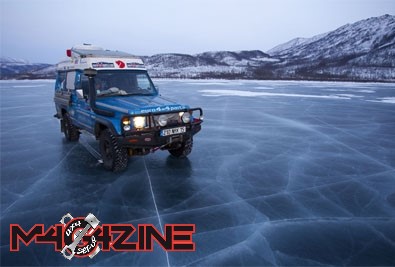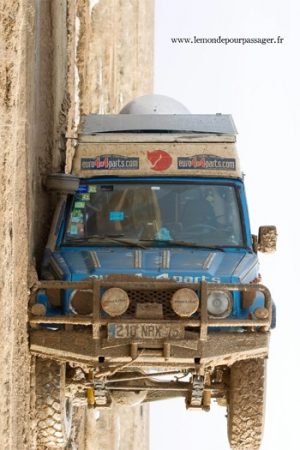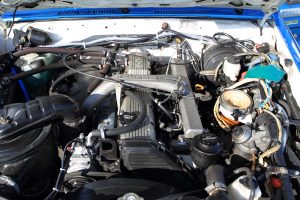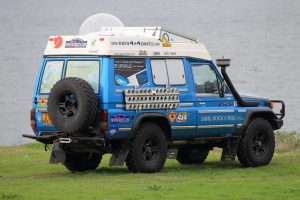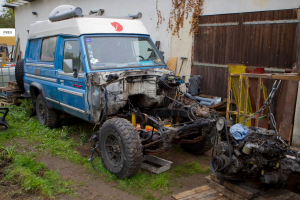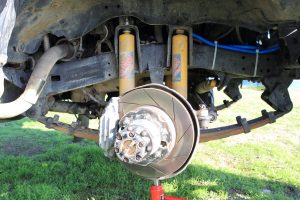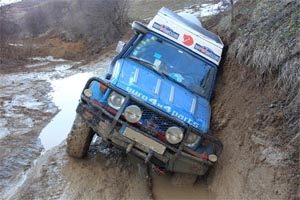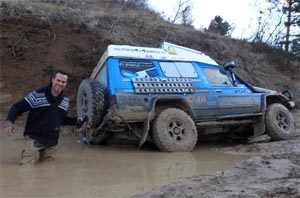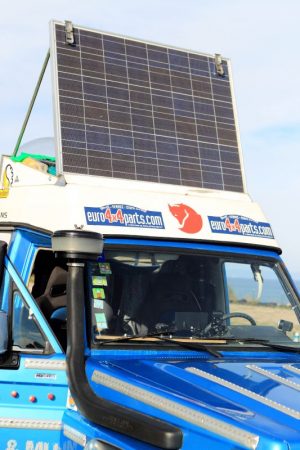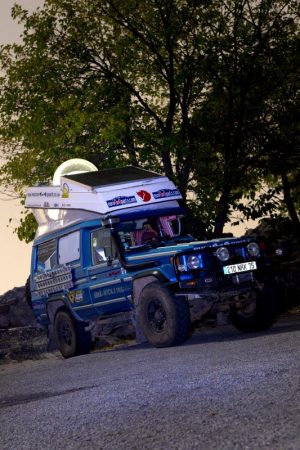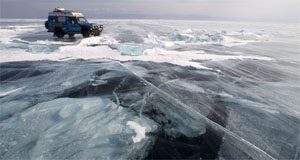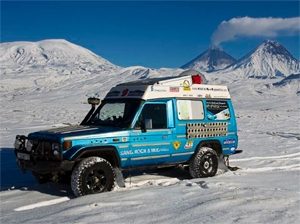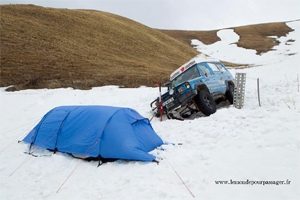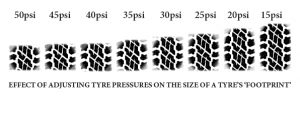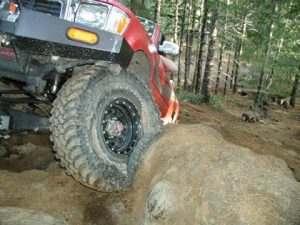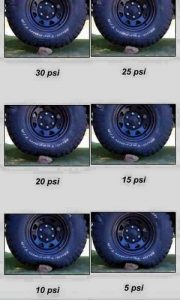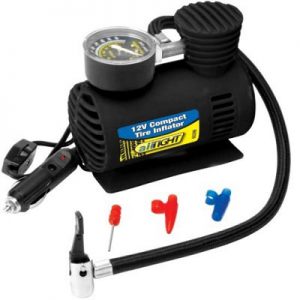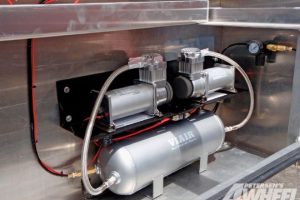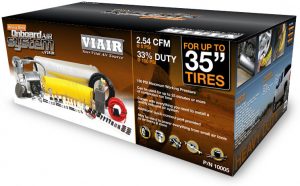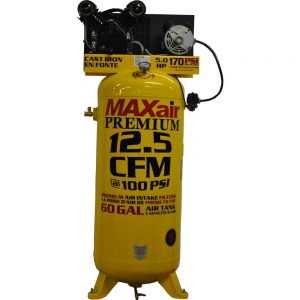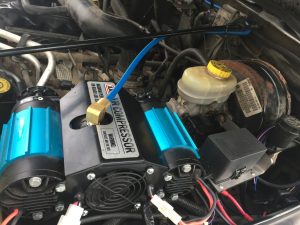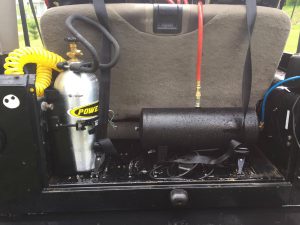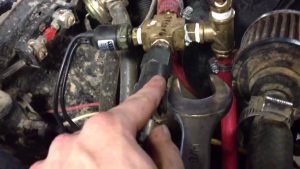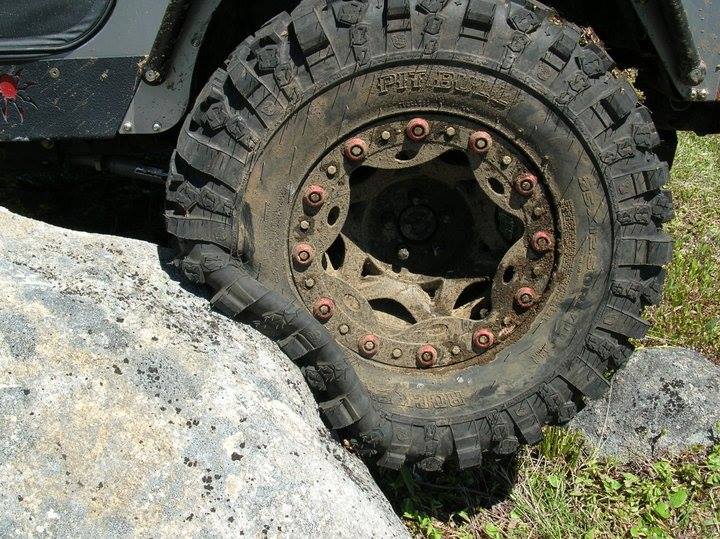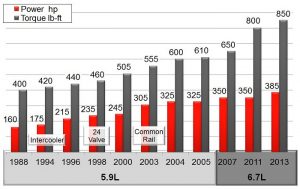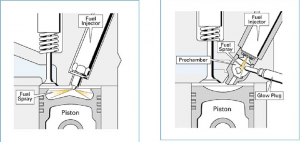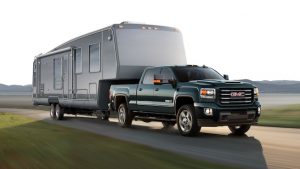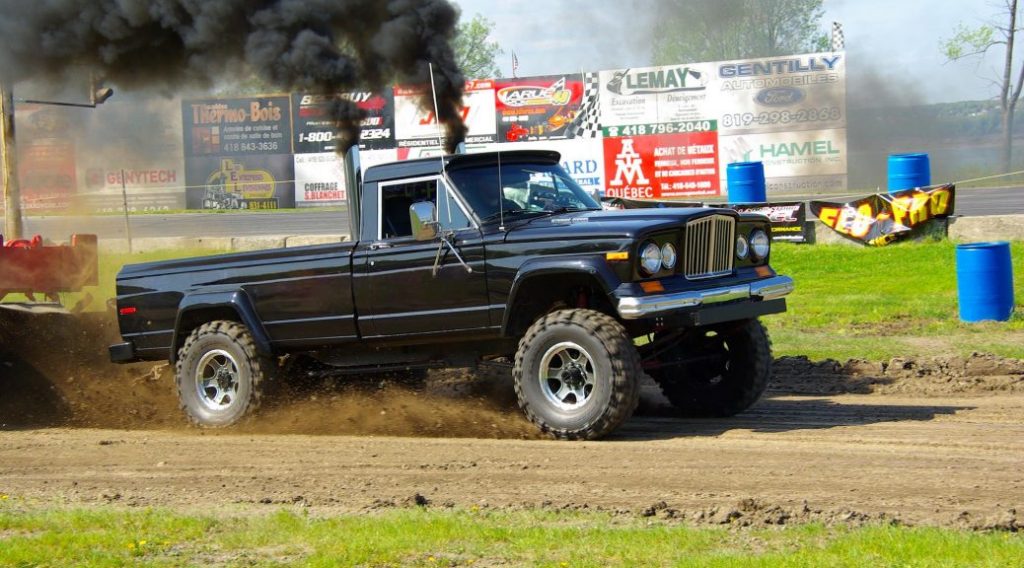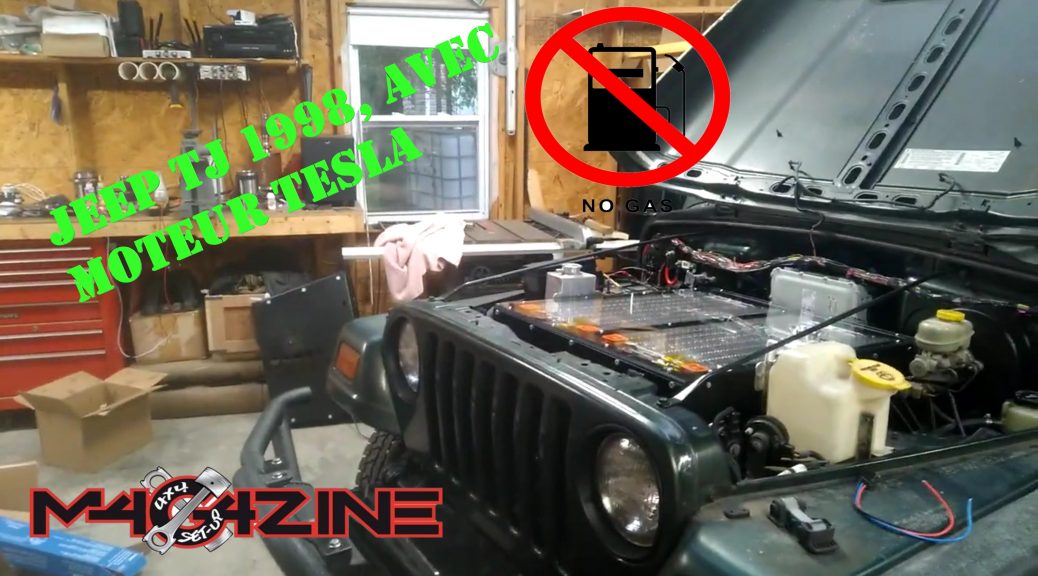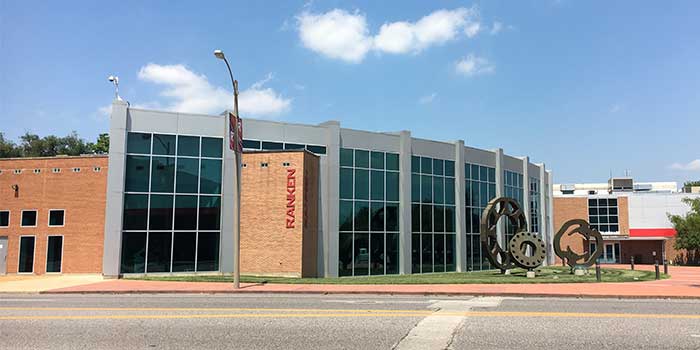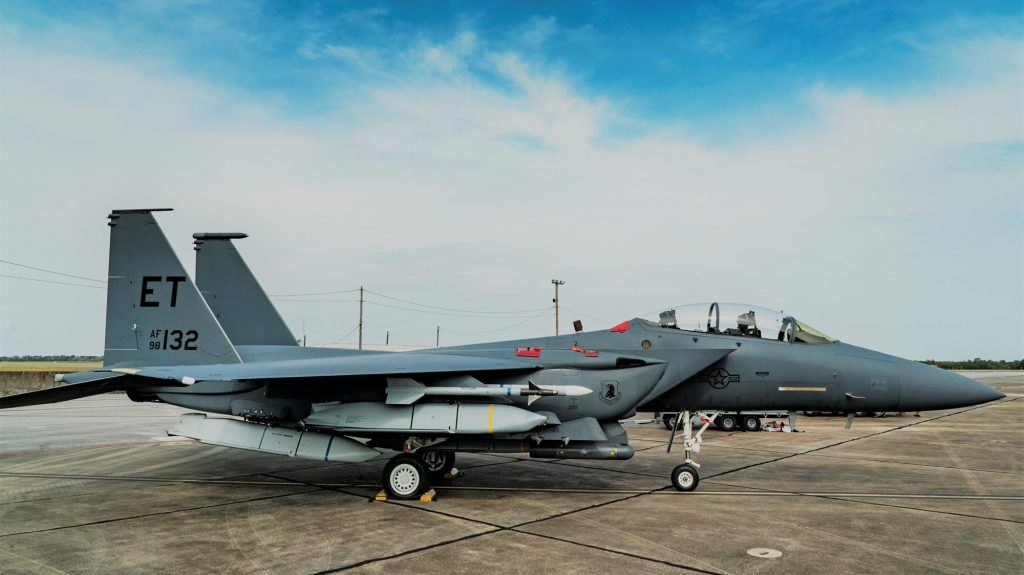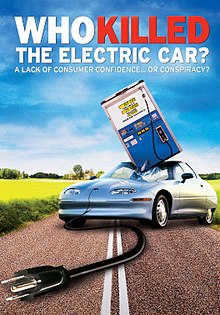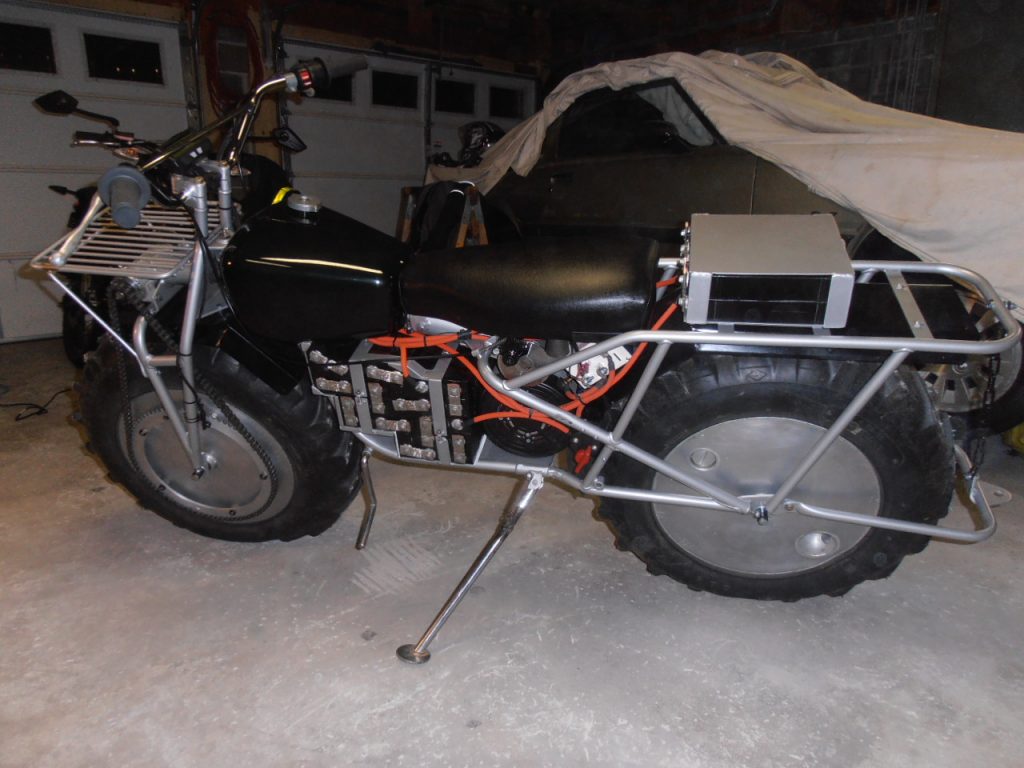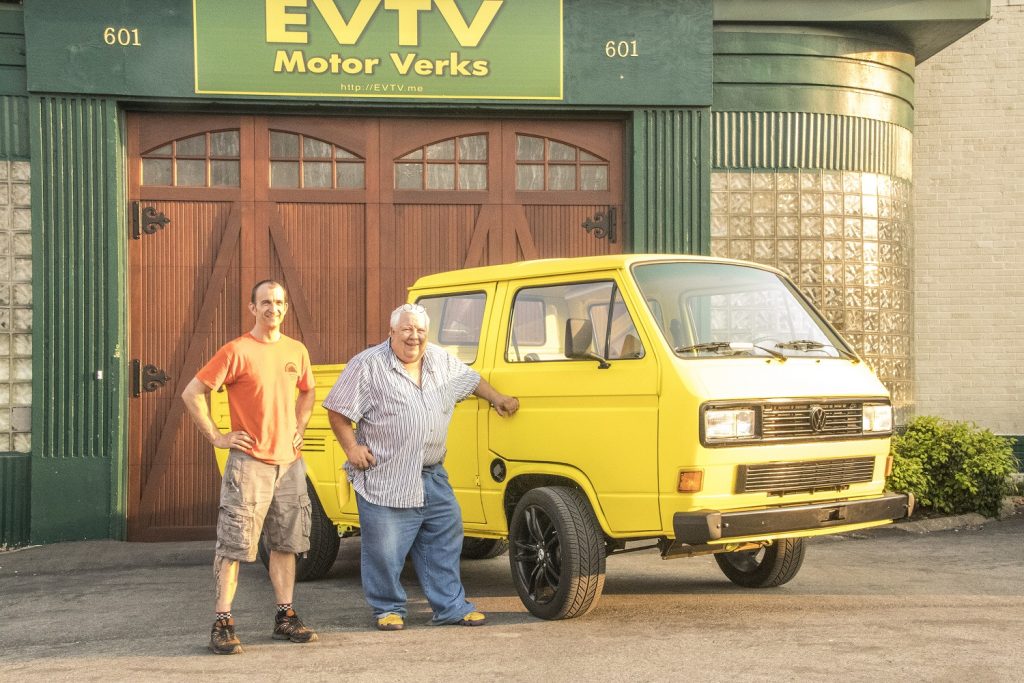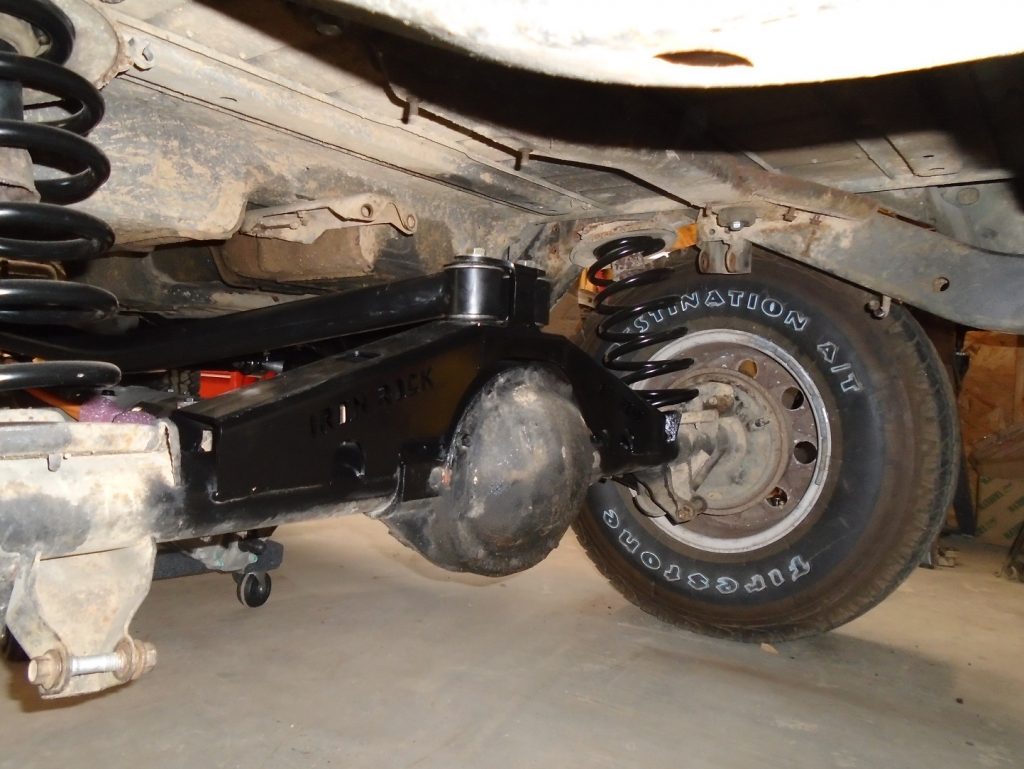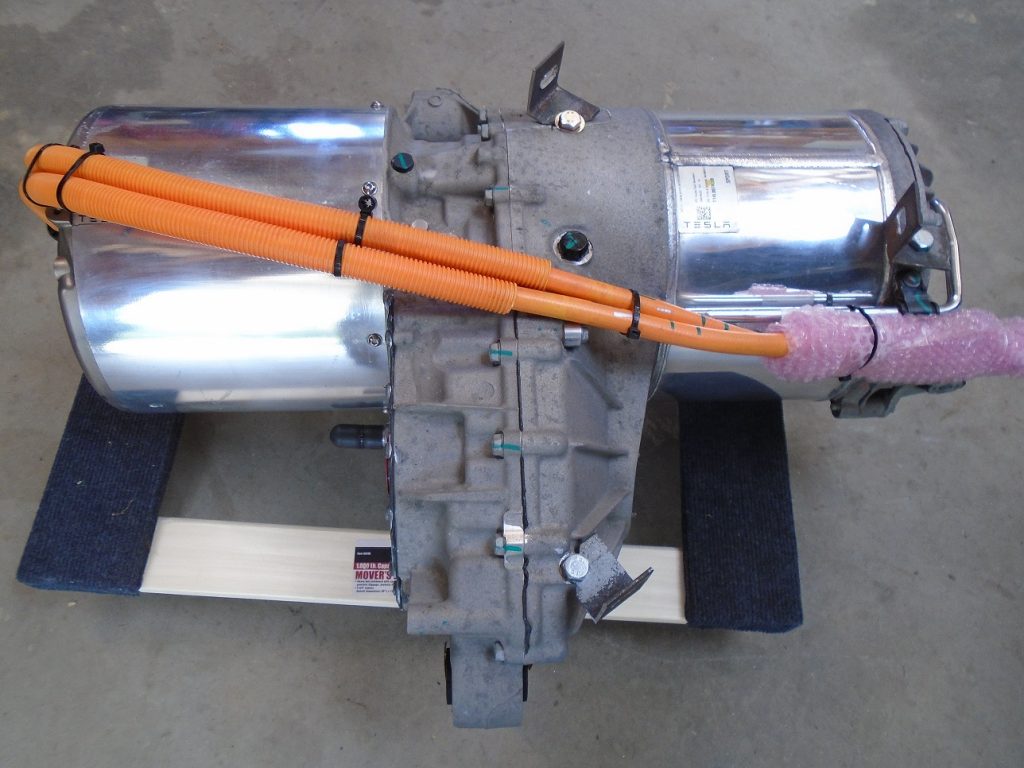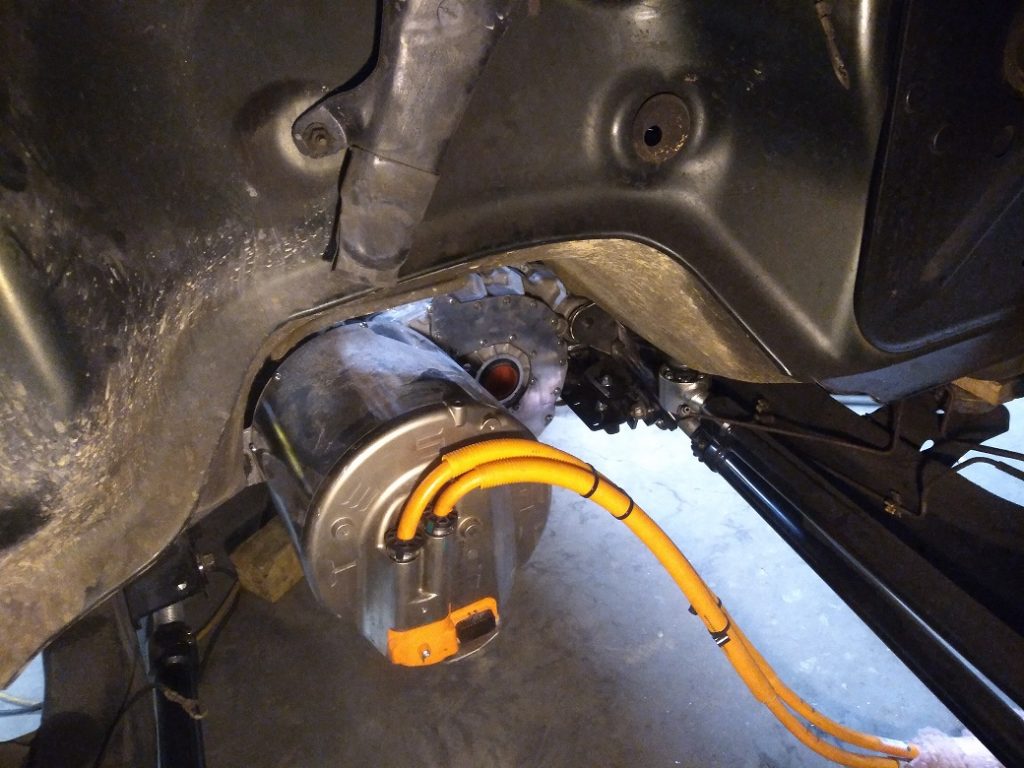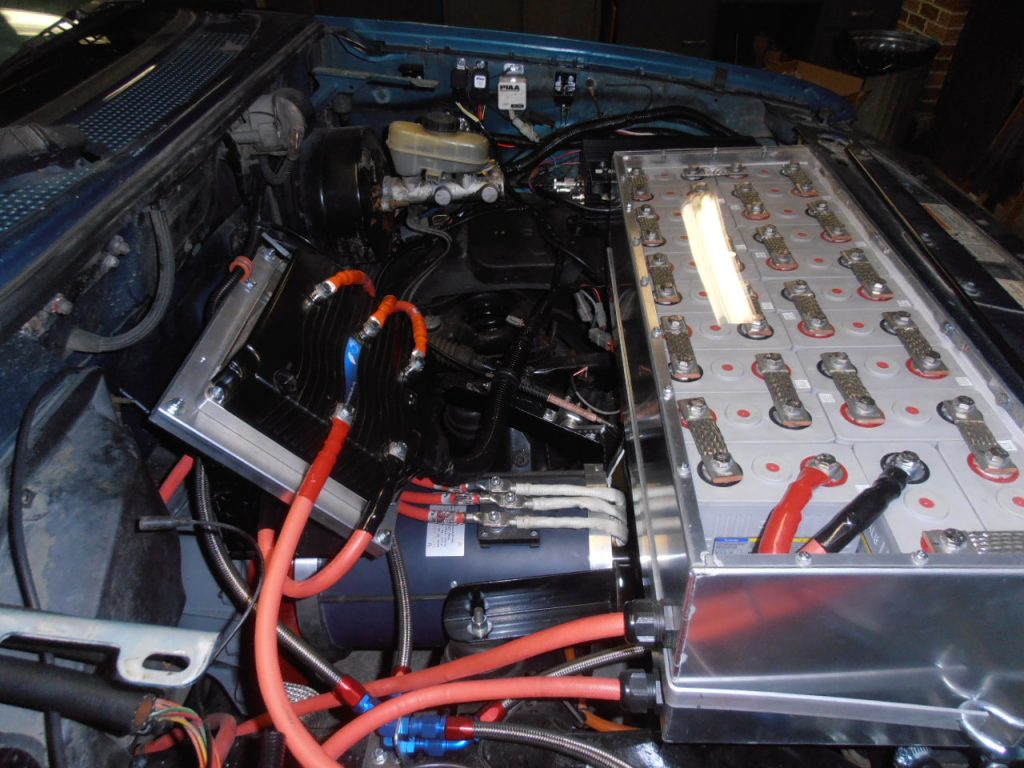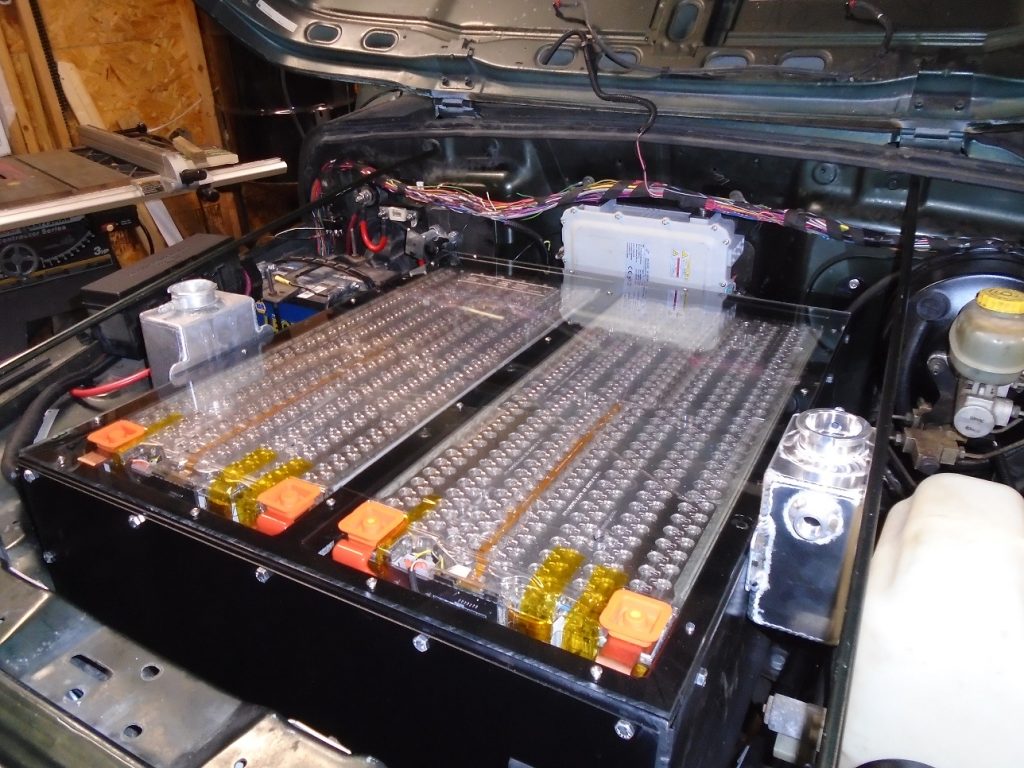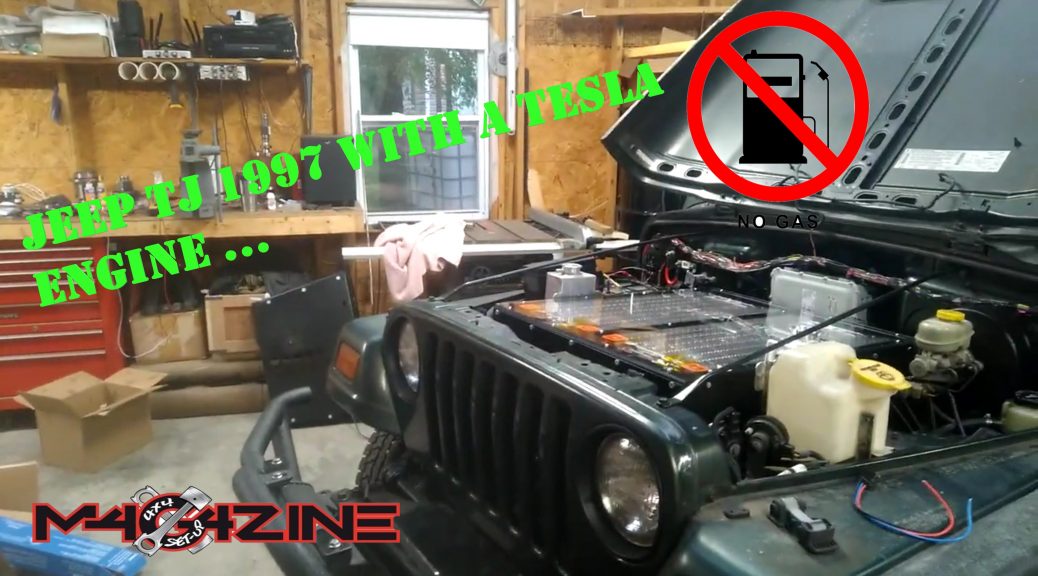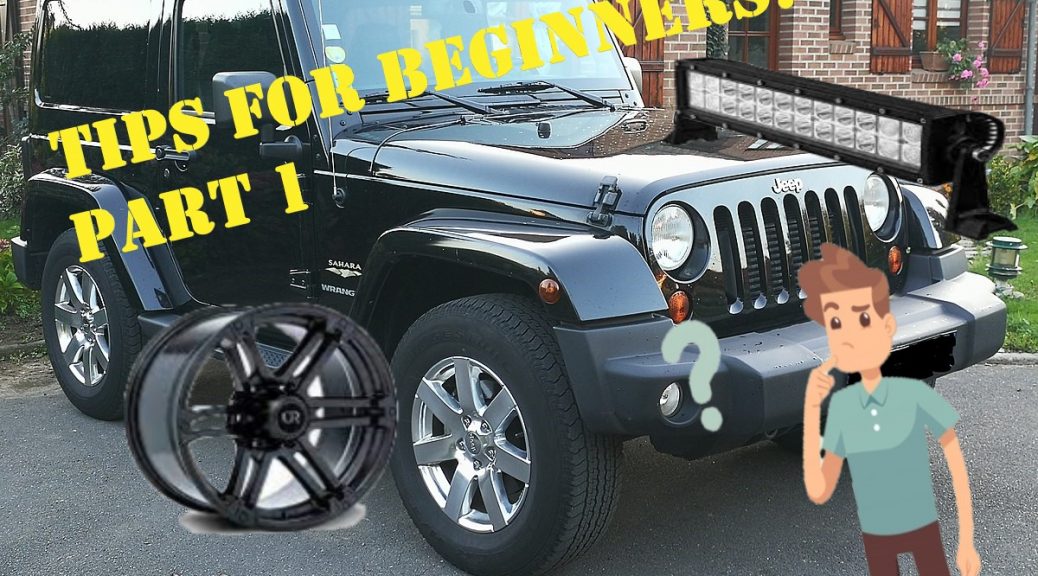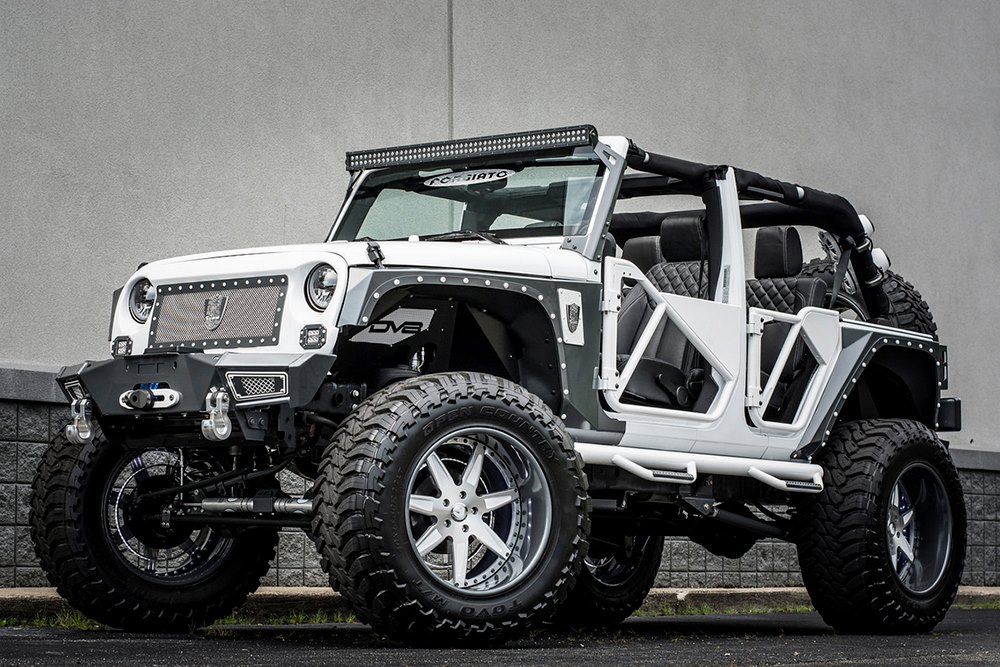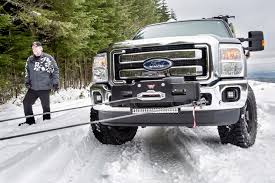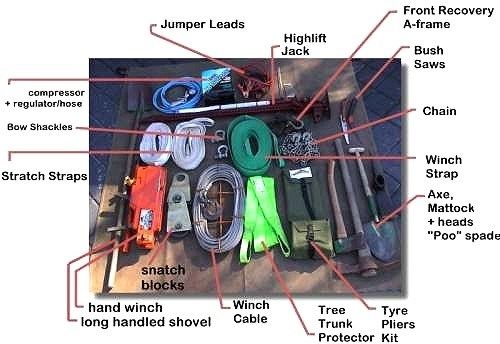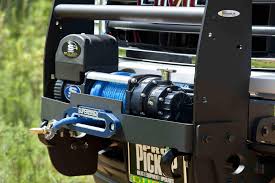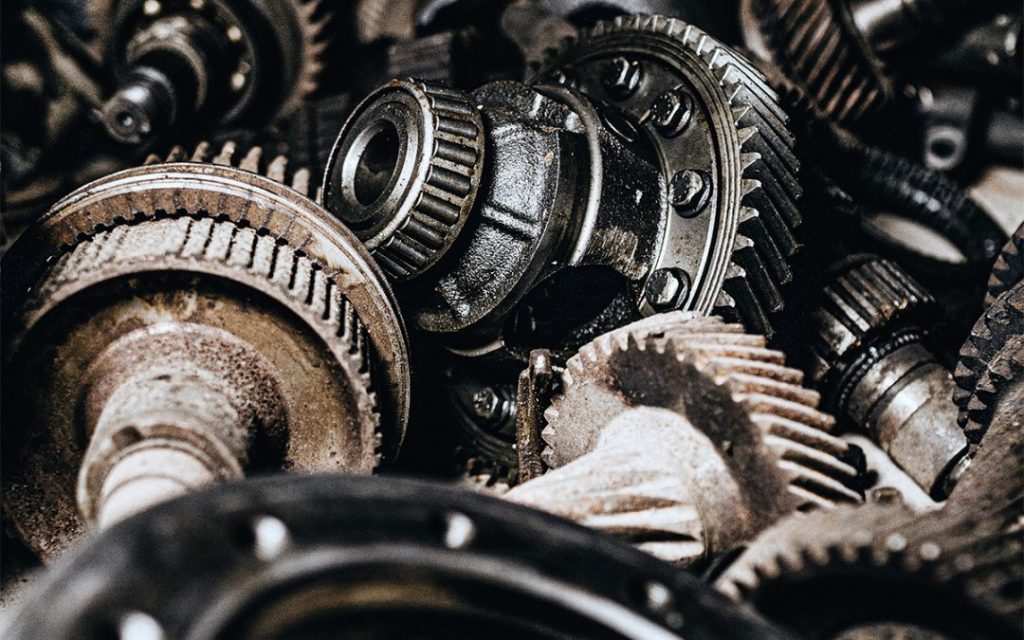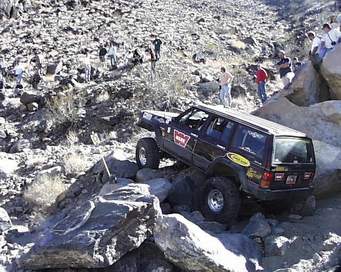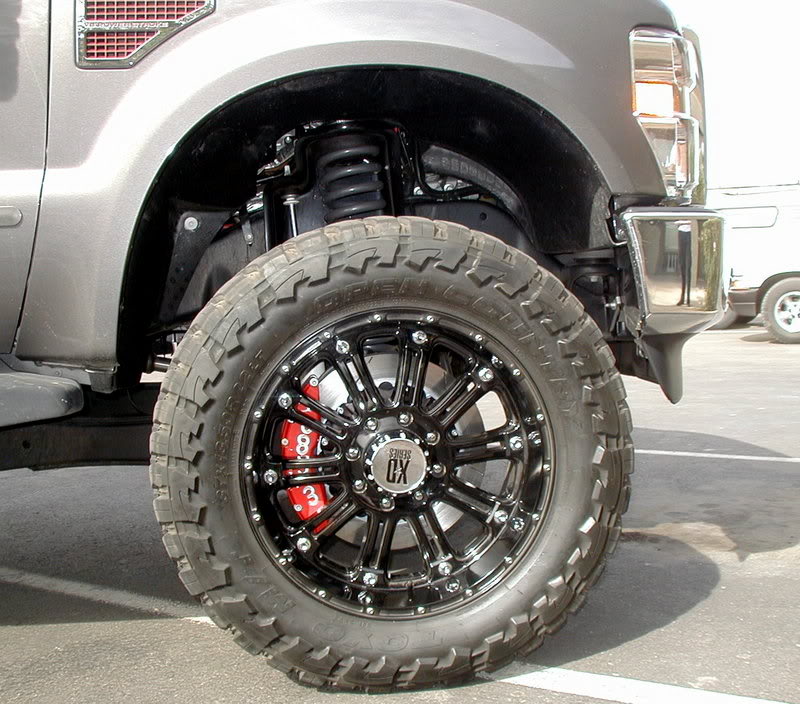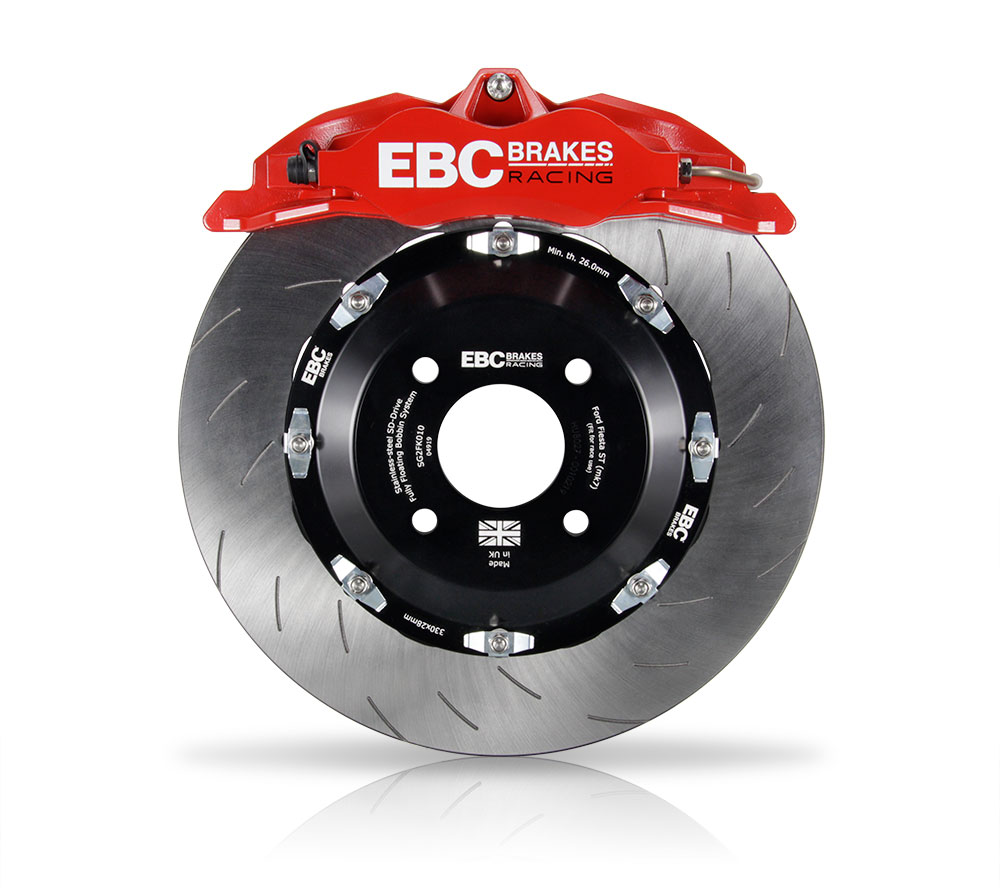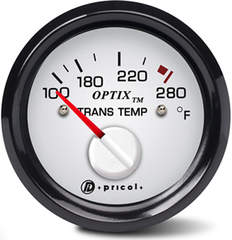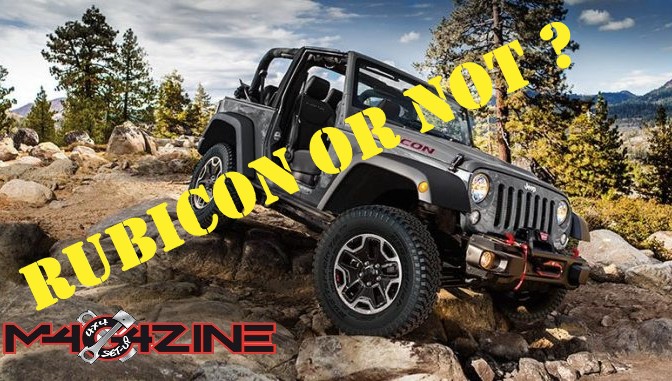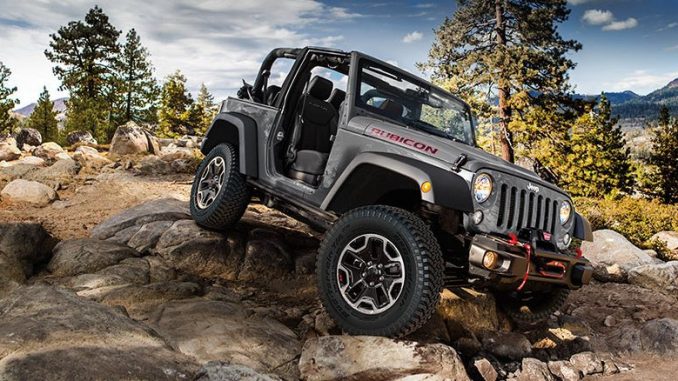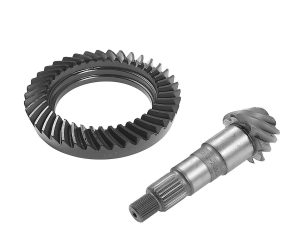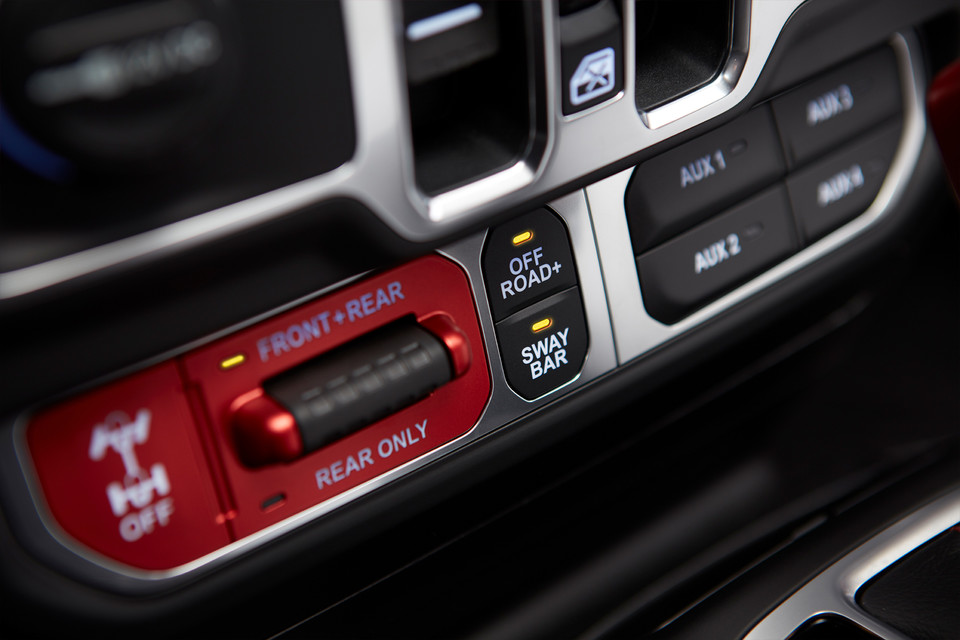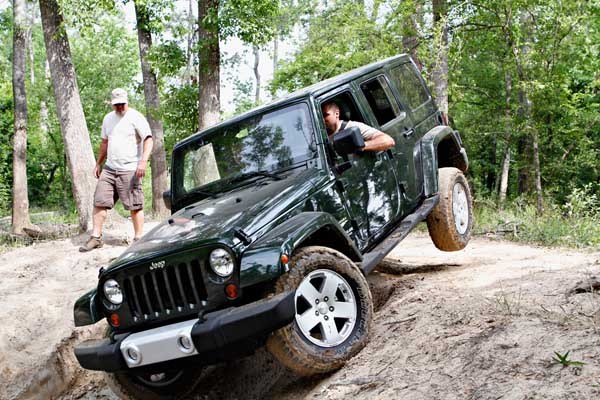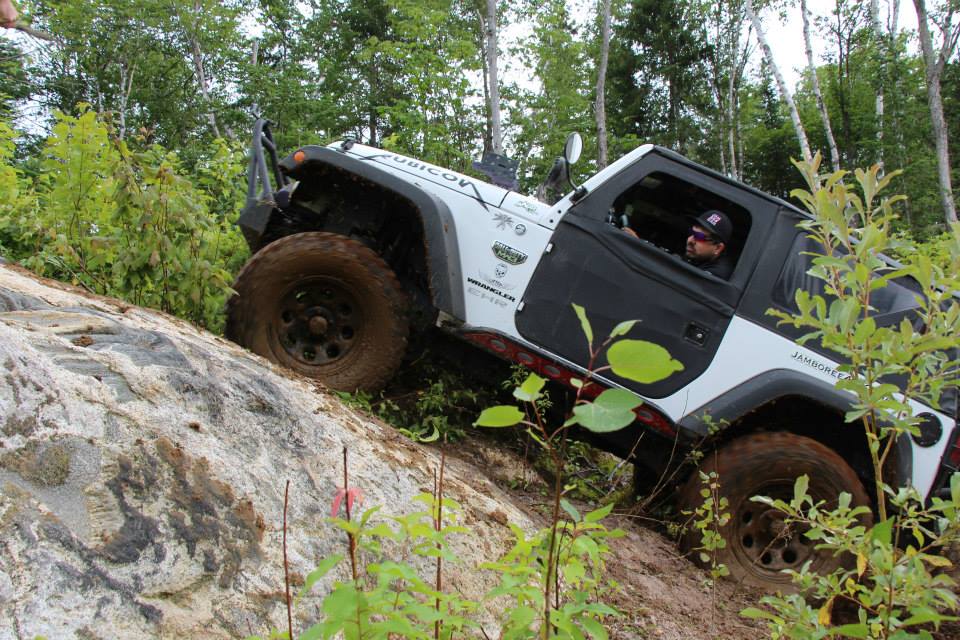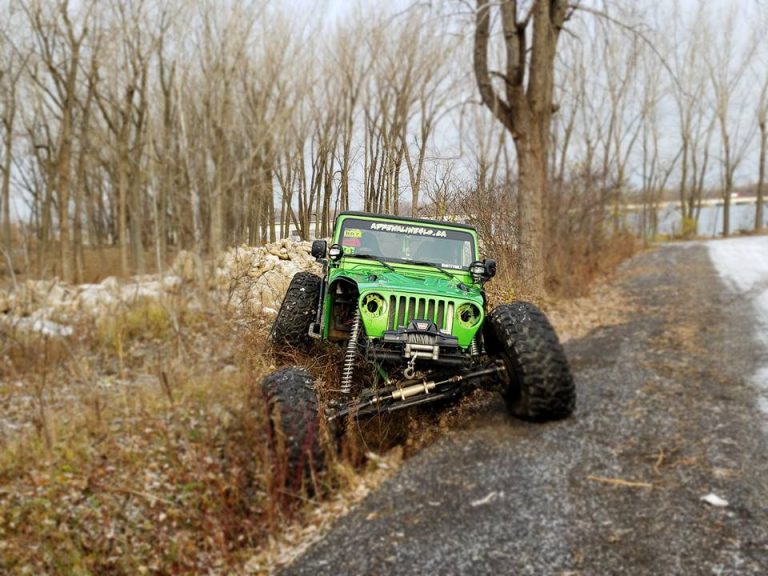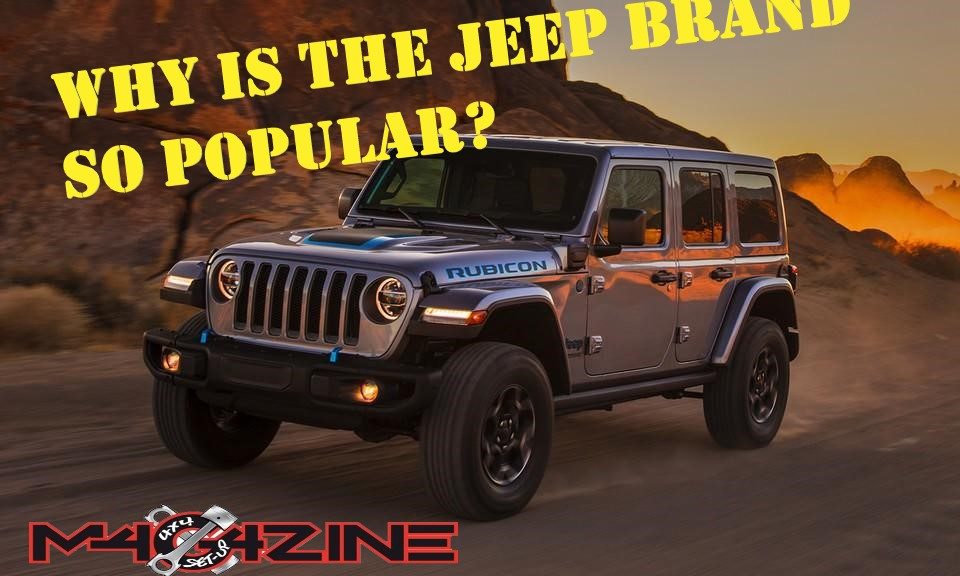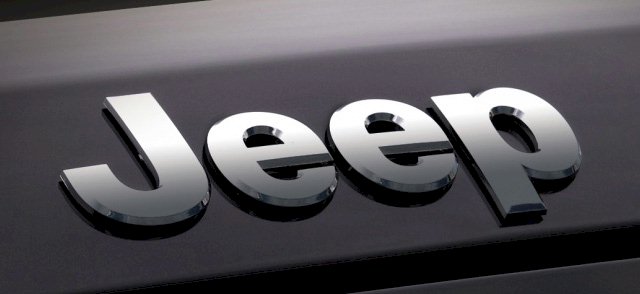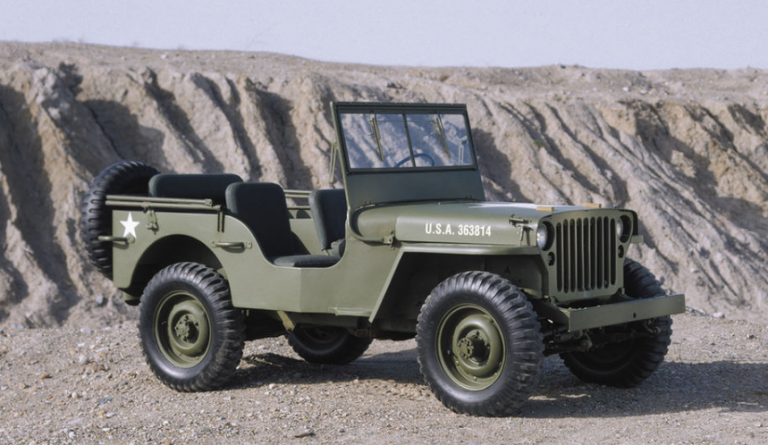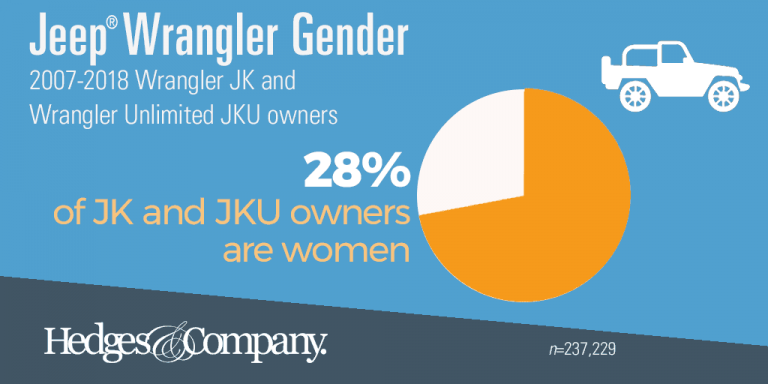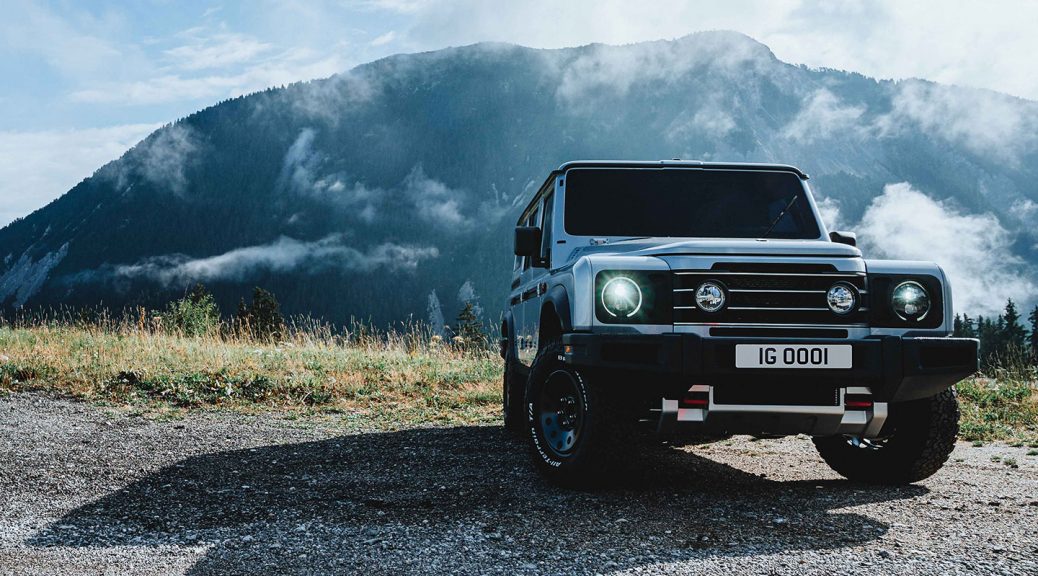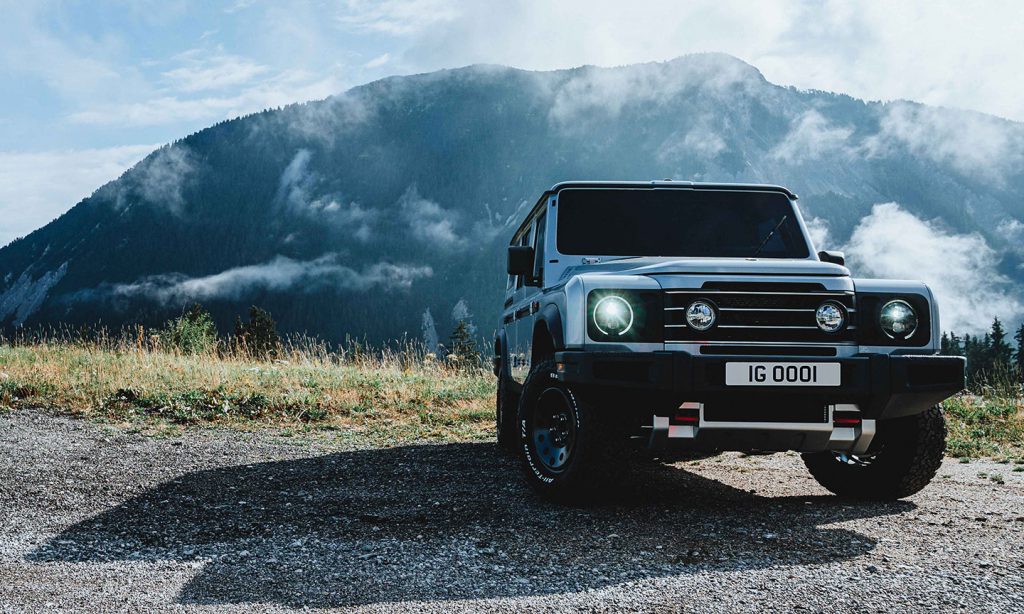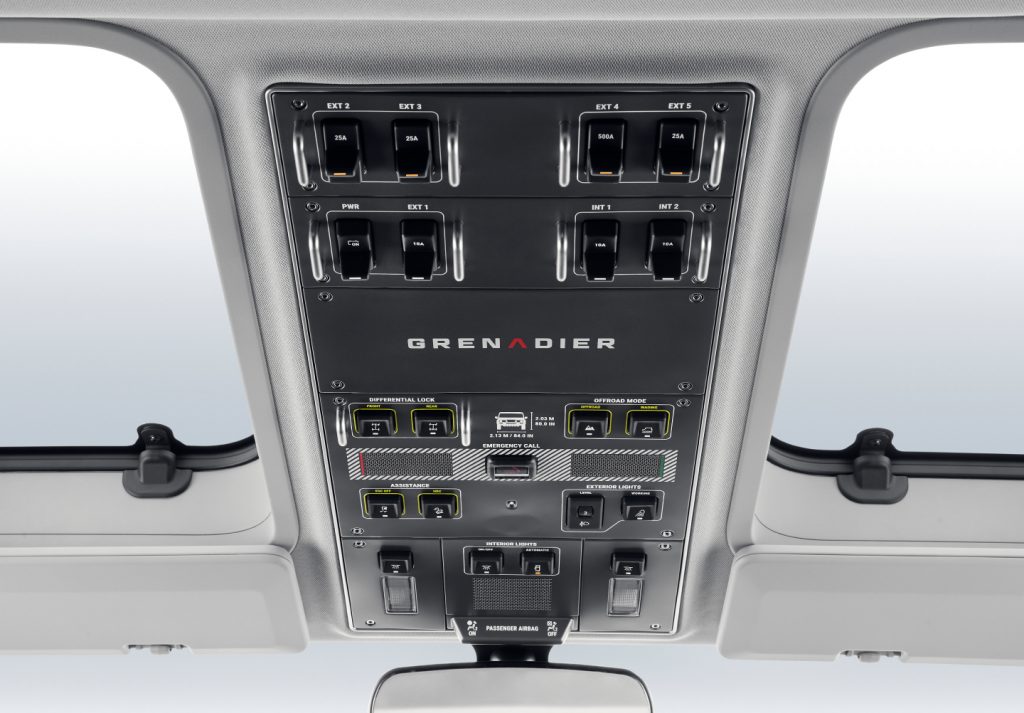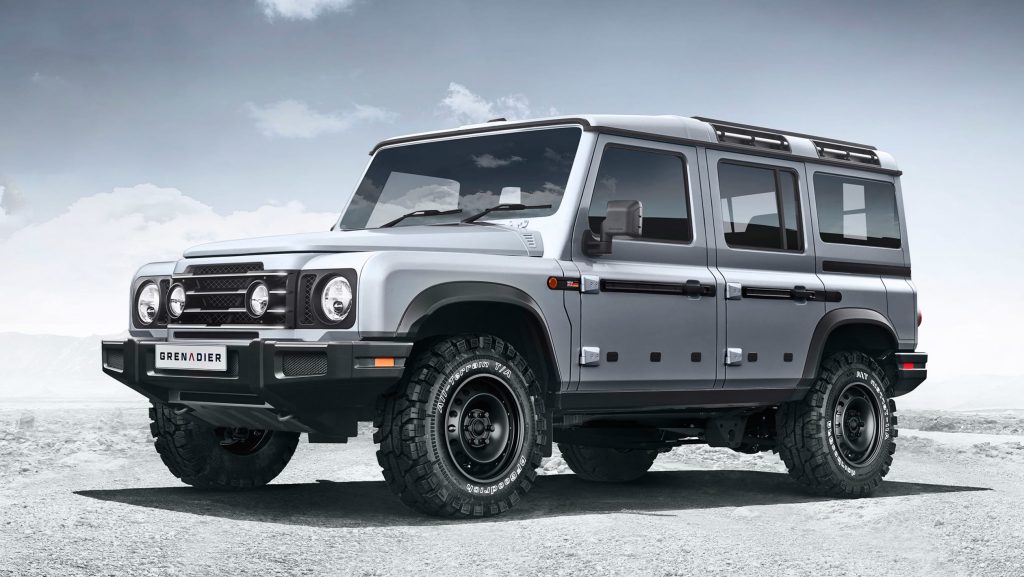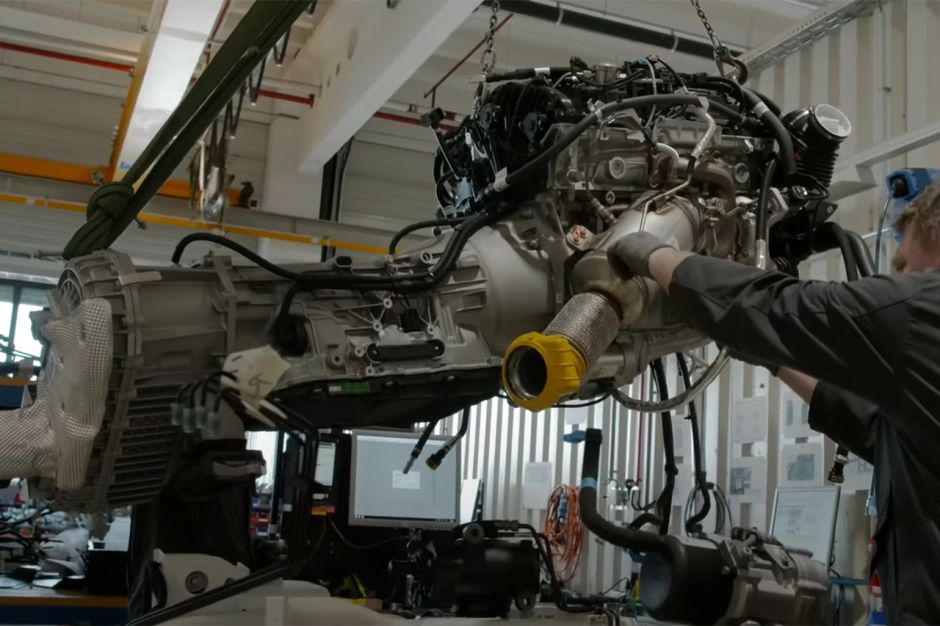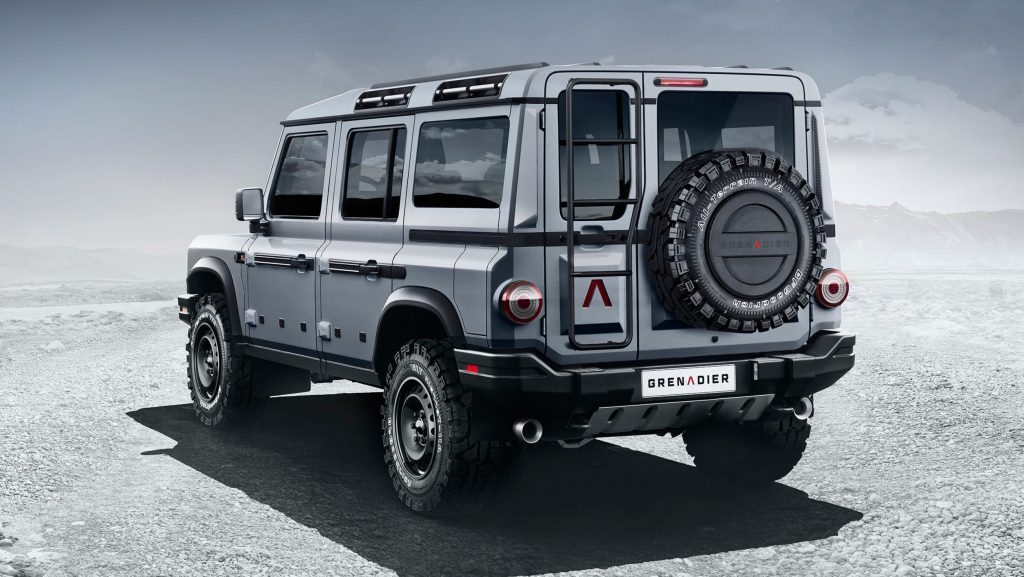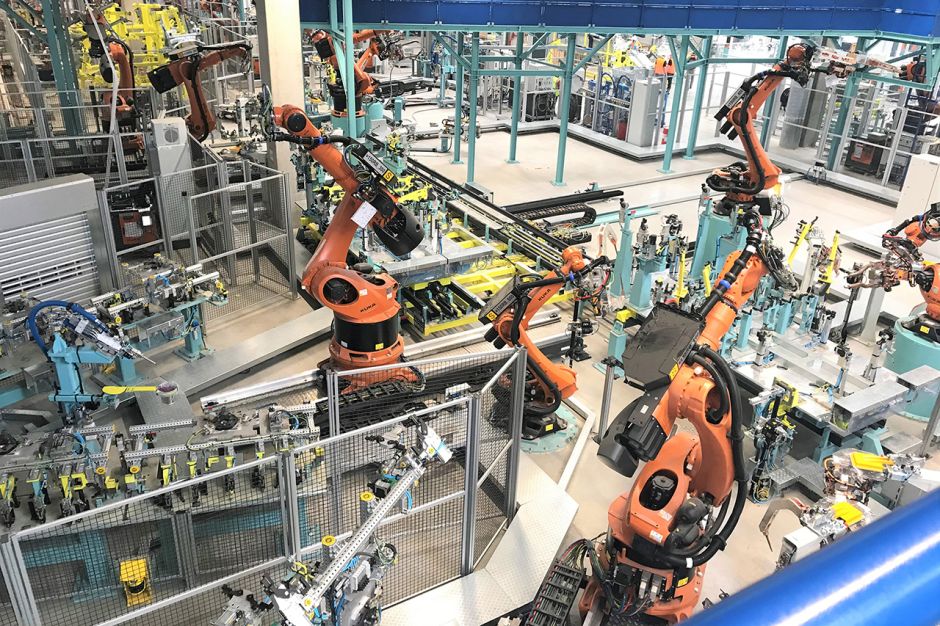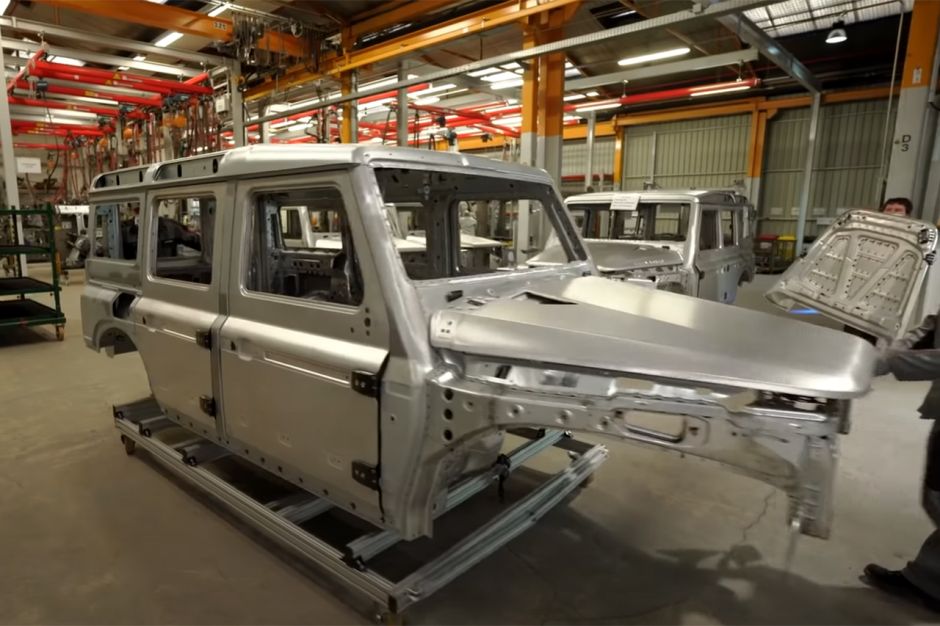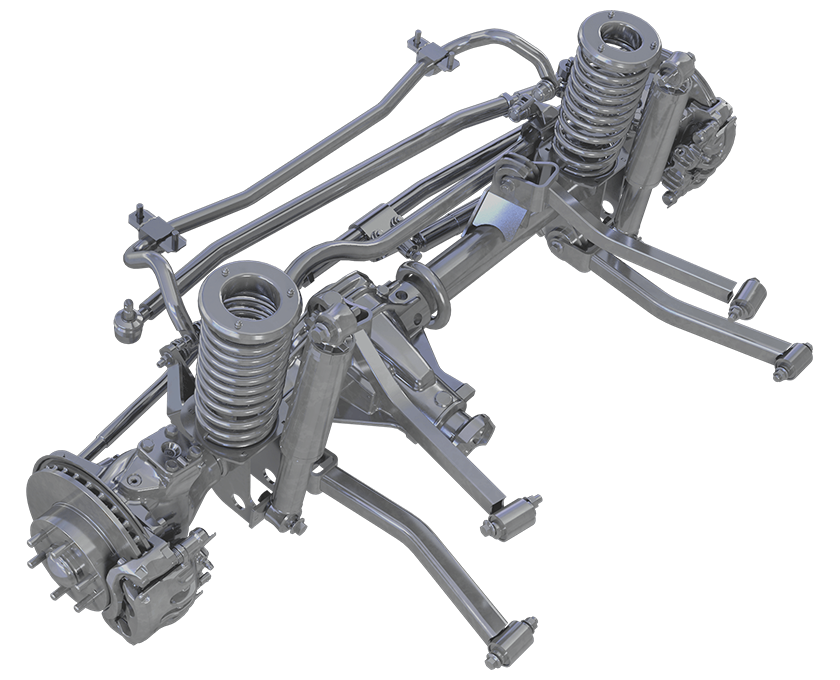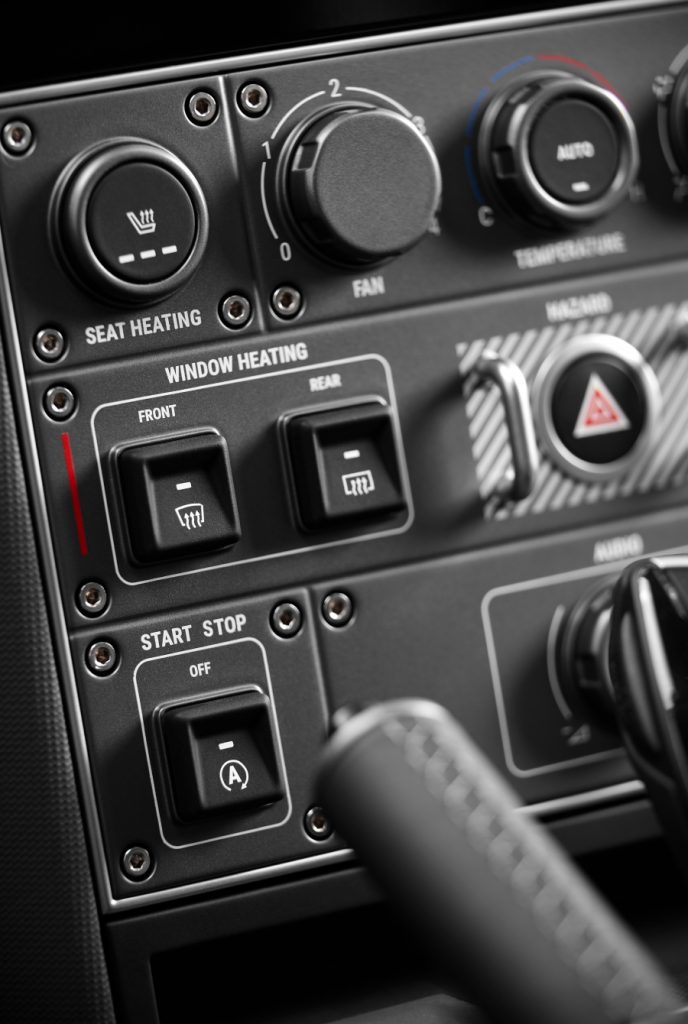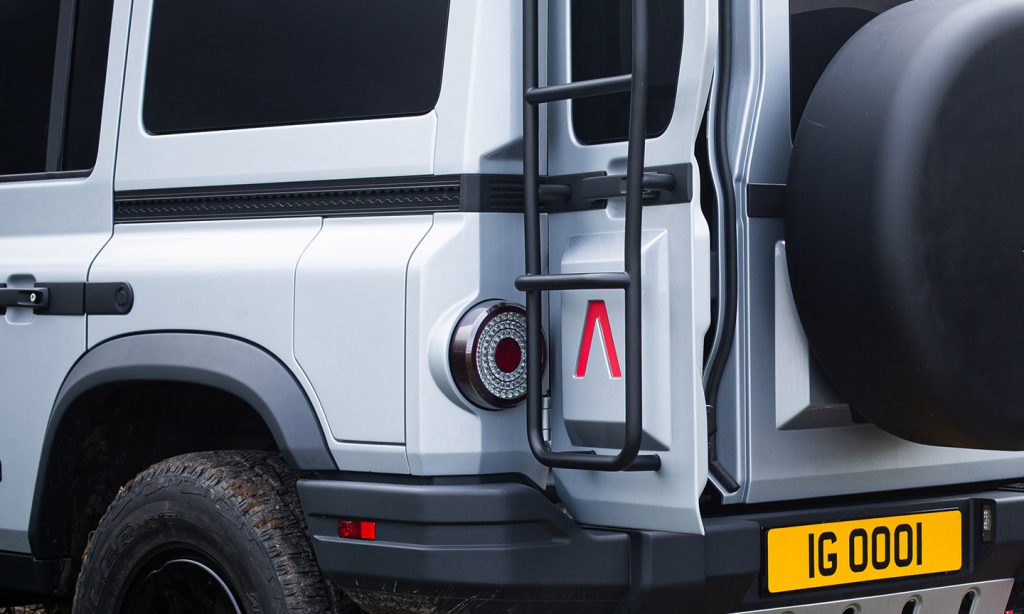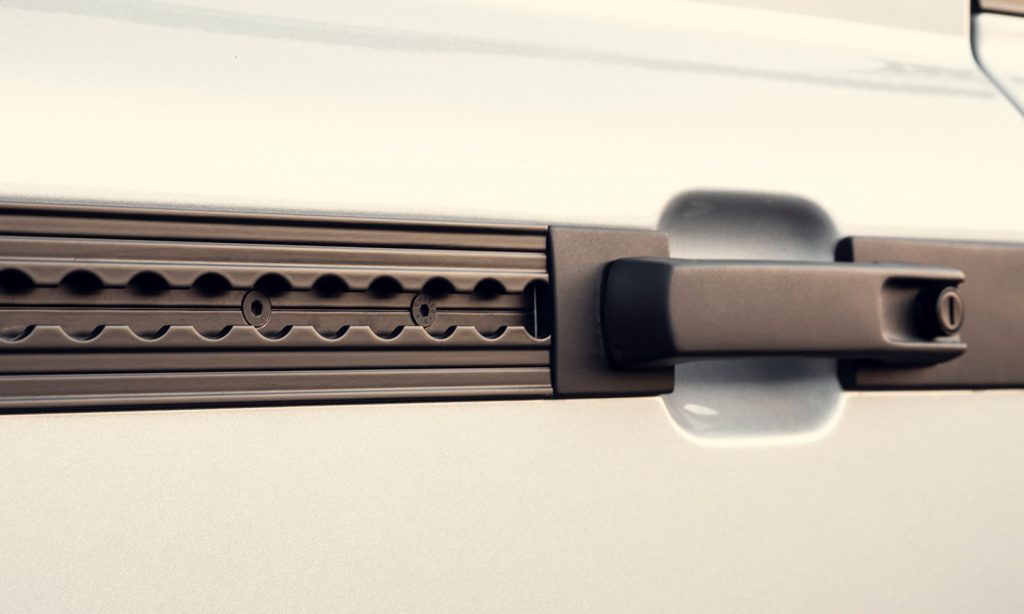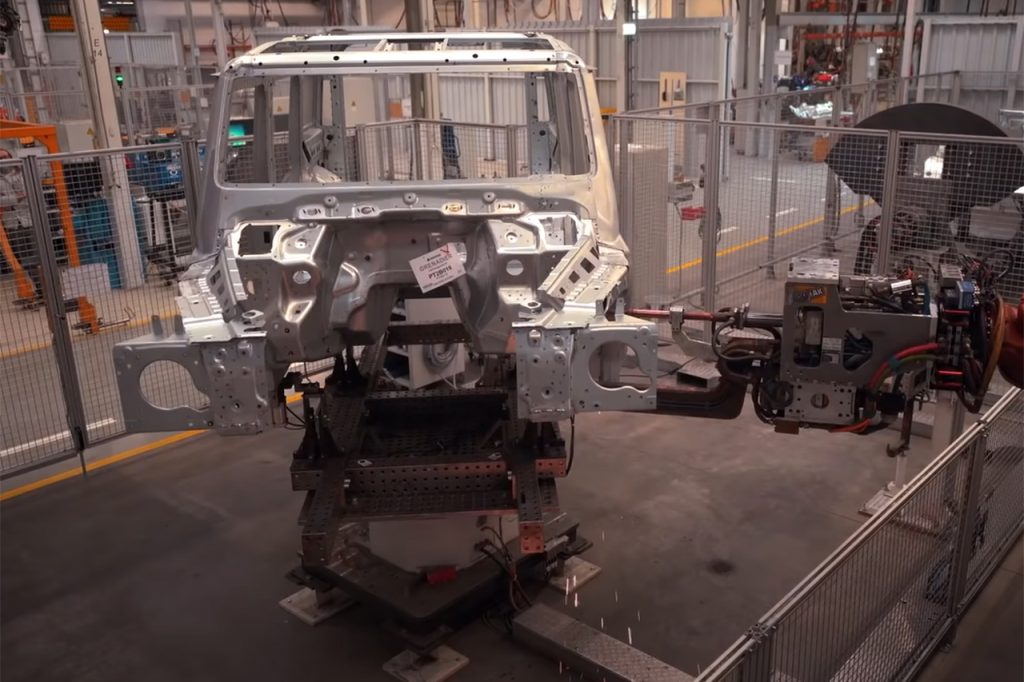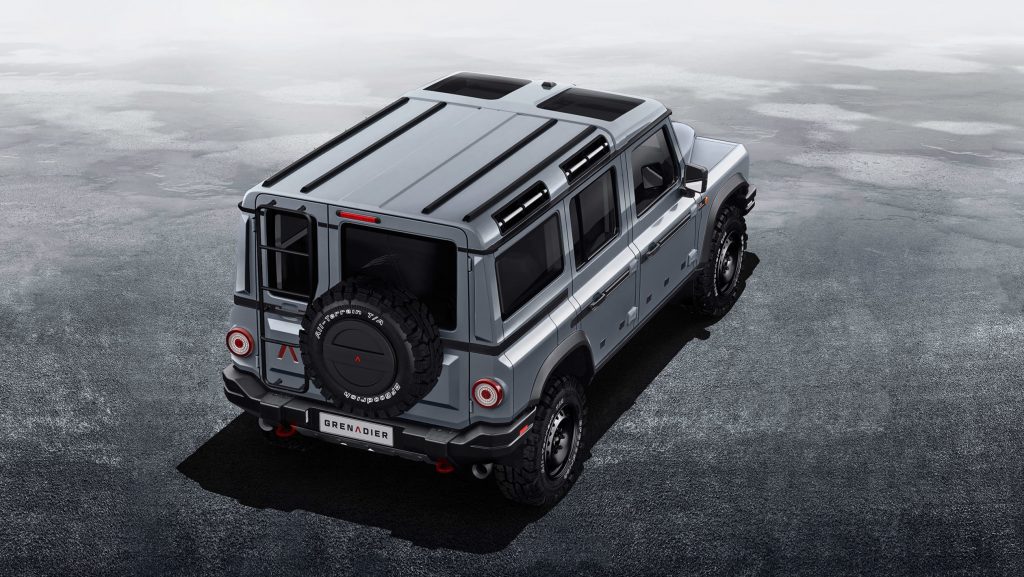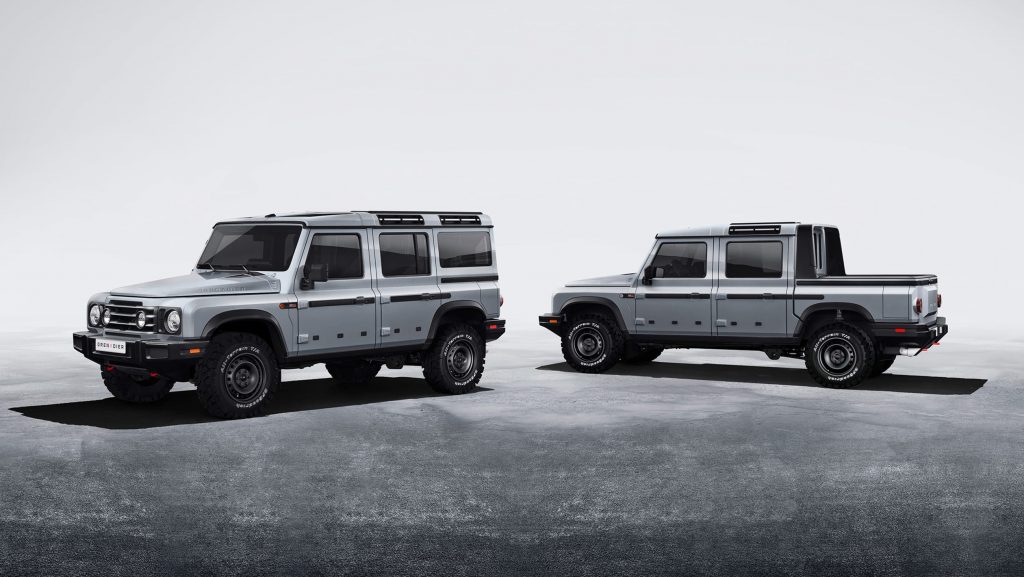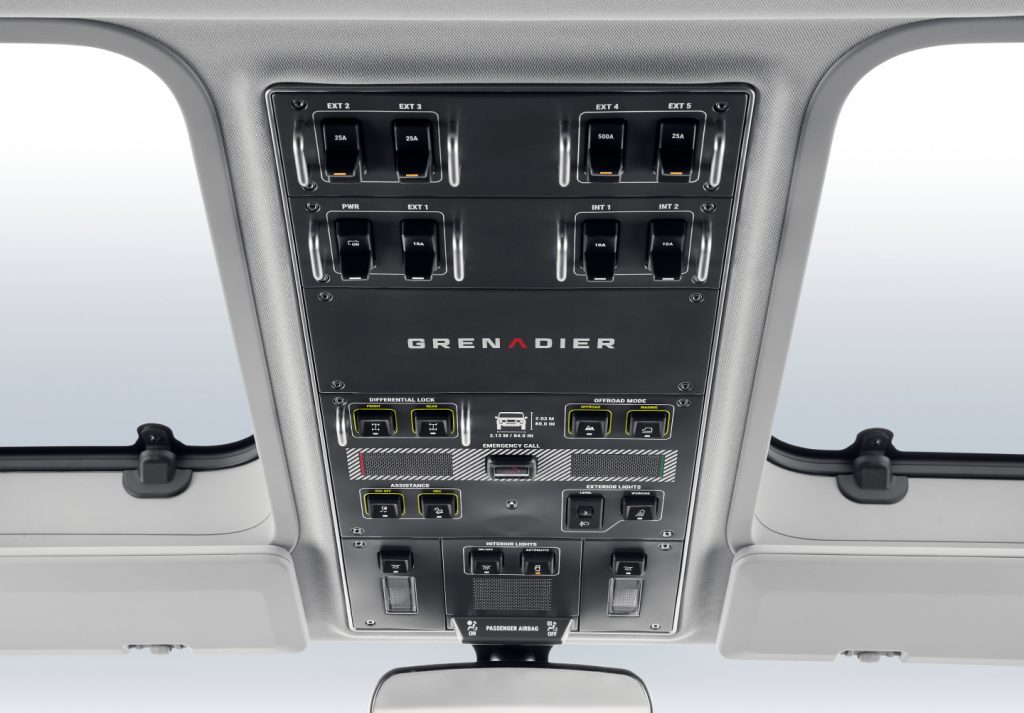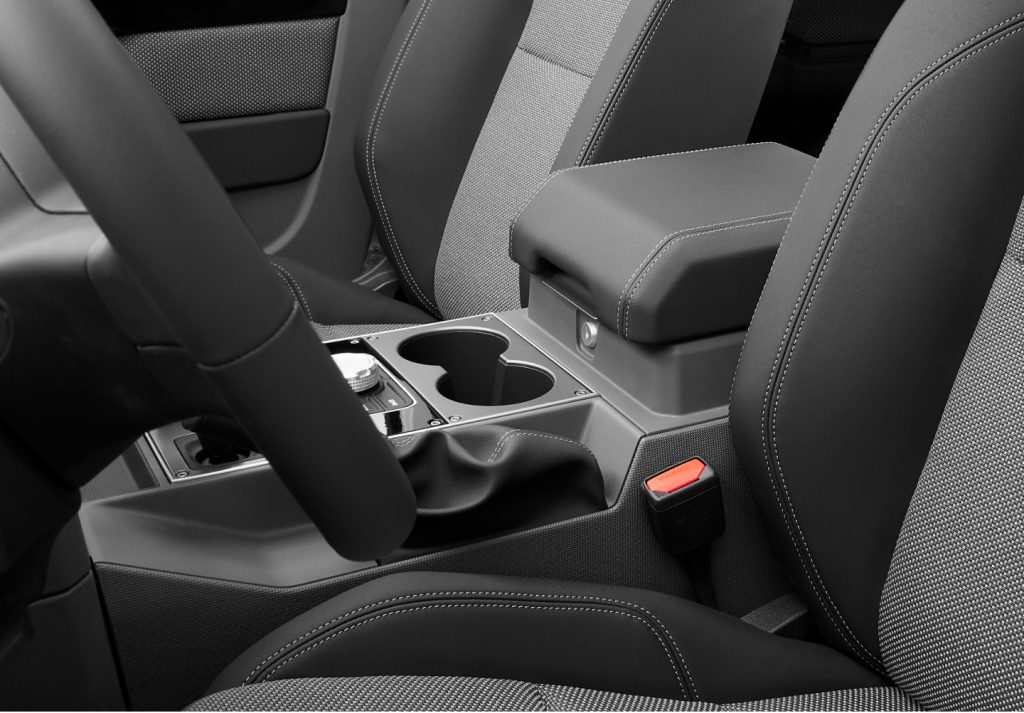Ces temps-ci j’ai le cœur gros, j’ai le cœur gros quand je constate que la communauté du 4×4
vieillit. Pas parce que je n’aime pas la relève, au contraire, mais plutôt parce que mes chums se
retirent de la vie extrême qu’est le 4×4.
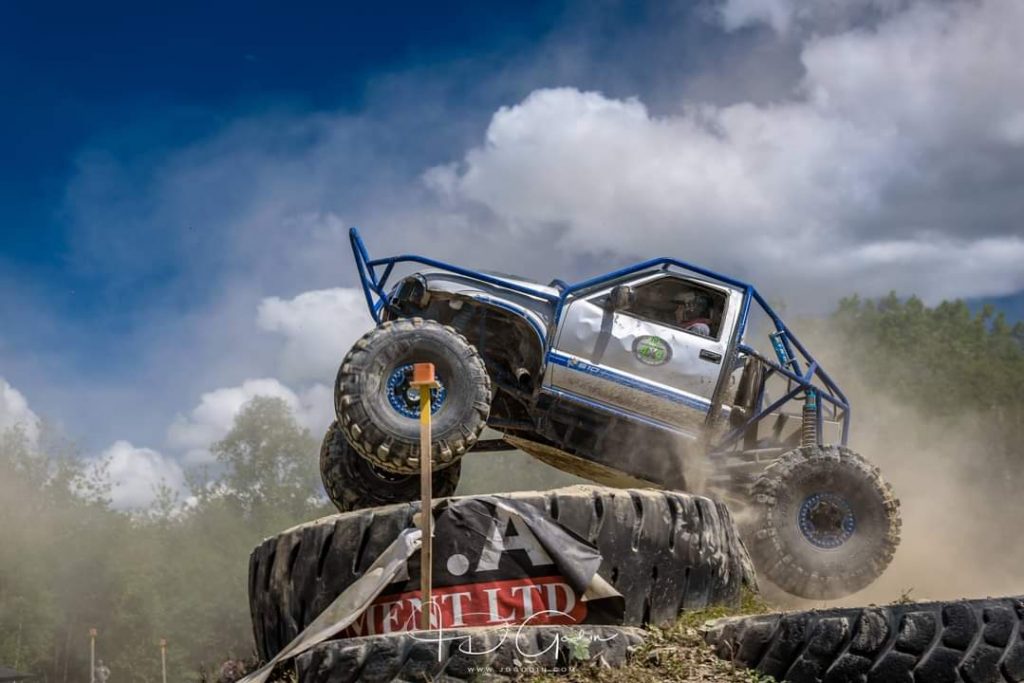
Aujourd’hui c’est mon ami Gaétan Berger qui se retire
suite à la vente de son Truggy (St-Eu Racing). Pour un vieux comme moi (lol) c’est un coup dur.
Vous savez, je suis très proche de Sandra et Gaétan. Je passe le nouvel an chez eux, je passe mes vacances chez eux, je passe tout le temps que je peux chez eux malgré les 550 km qui nous
séparent. Et à chaque fois je suis accueilli comme un membre de la famille. Cette famille Berger
au grand cœur. Je ne pouvais pas passer à côté d’un changement de vie aussi important. Avoir
un 4×4 c’est demandant en temps et en argent. Faire des compétitions c’est encore pire pour
arriver à nos fins dans les délais prévus. On en passe du temps dans le garage et un moment
donné c’est rendu un style de vie. On ne s’en rend même plus compte, on ne se demande pas
ce qu’on fait en fin de semaine, on travail dans le garage. Imaginez si en plus, pour l’amour du
sport, il vous viendrait l’idée d’organiser une compétition ! Pa n’importe lequel,
LA COMPÉTITION.
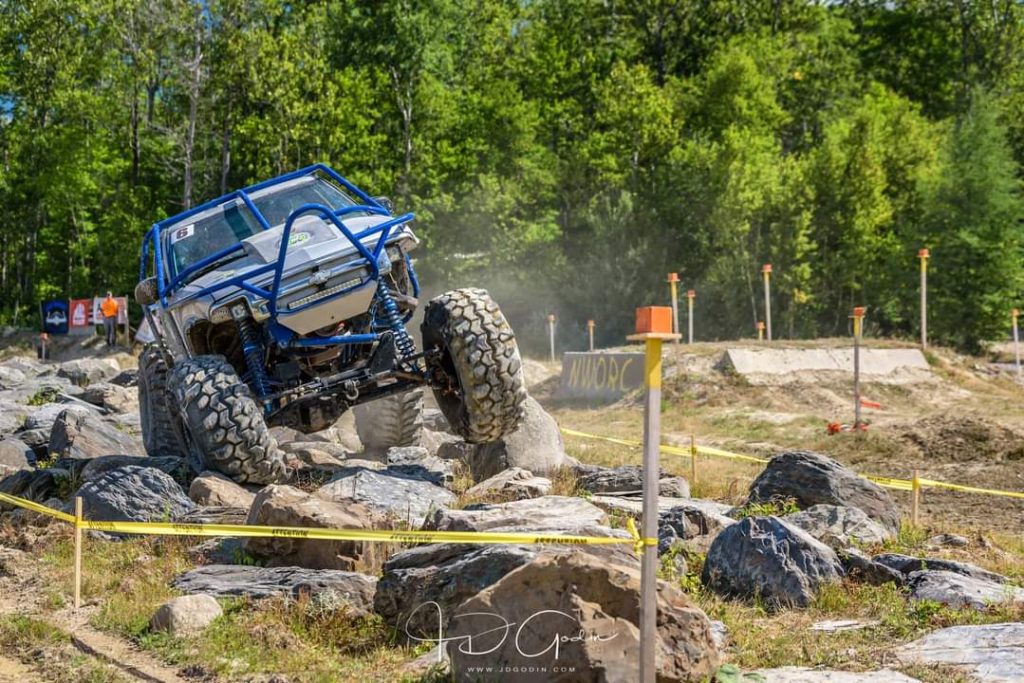
En 2003 je reçois un appel d’un gars de St-Eugene de Ladrière, il s’appelle Gaétan. Je crois que
c’est la première fois que je parle avec un gars qui a un accent! Je comprends qu’il veut que
« jaille faire une raille avec ma reguine pour la hawler dans vase et din roches » et me dit qu’il
veut organiser une compétition de 4×4 comme aux USA et me demande si je serais intéressé !
Wow c’est sûr que ça m’intéresse que je lui ai dit. Il faut savoir que Gaétan n’a qu’une parole. Il
fait ce qu’il dit. En 2004 était la première édition du QUÉBEC TOP 4X4.
Je ne peux être sûr à
100% mais en 2004 c’était à ma connaissance la première compétition de 4×4 à obstacle au
Québec. Sandra de son coté s’occupait de……… de tellement de choses que c’est difficile à
énumérer. Ceux qui la connaisse savent que Sandra s’est impliquée partout. Commanditaires,
bouffe, inscriptions des pilotes etc. C’est simple, tu entrais sur le site, tu payais ton entrée à
Sandra, tu te stationnais où Sandra te disait, elle venait te voir pour te dire que c’est à ton tour
d’aller sur la piste, elle était au départ ainsi qu’à l’arrivée avec une caisse de bière qu’elle mettait
sur tes genoux. Et en plus, elle trouvait le temps de vendre des moitiés moitiés dans les
estrades, traiter les bobos et insolations des spectateurs et des pilotes et à la fin de la journée
c’est elle qui te servait ton souper derrière le comptoir dans le relais de skidoo, ha ha ha! Gaétan
courrait partout pour gérer l’événement, la réglementation, le tracé de la course, le pointage,
l’inspection des véhicules, les pièces de 4×4 pour dépanner les coureurs et les bidon d’essence en
passant par les commanditaires à solliciter, la remise des bourses et tellement d’autre choses.
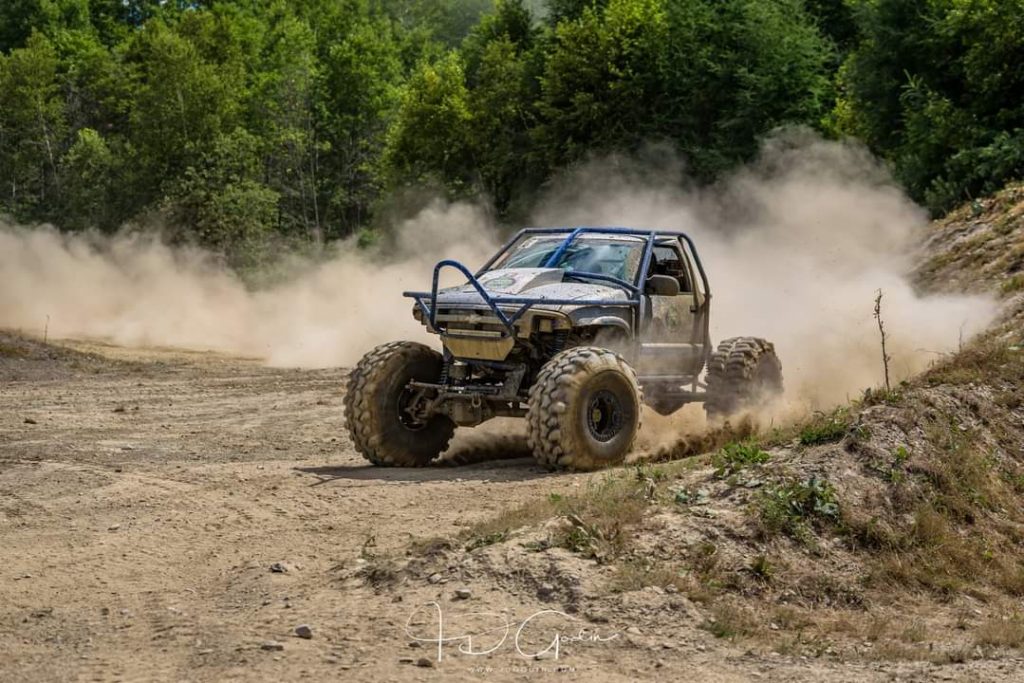
Mais attention, ils n’étaient pas seuls à faire tout ça, il y avait une équipe avec eux que j’adore.
Une gang de chum de trails qui sont devenu un support à ce merveilleux événement du Québec
top 4×4. Une gang de passionnés, je pense à Mike, J-F, Joel, Pascal, Guy, Martin, et tous les autres
que j’oublie. Il y a une chimie dans cette région, si bien que j’ai décidé d’en faire mon futur lieu de
retraite.
À mes yeux Sandra et Gaétan ainsi que la gang du Québec Top 4×4 mérite une ovation, un
hommage, une magnifique reconnaissance pour avoir semé la graine qui a rendu ce sport aussi
intense et aussi spectaculaire qu’on le connaît. Peut-être vous vous demander mais qu’est-ce qu’il a Yan aujourd’hui…… Yan a le cœur gros.
Gaétan ne coursera plus, Broncozor se prépare aussi mentalement à arrêter les compétitions et
peut-être y en a-t-il d’autre qui y pense ? Sachez que j’aurai le cœur gros . Mes vieux
premiers amis. Pierre Fortin, Pascal 1234567890, Man Man, Norm 4X toy, Pat Richard,
Maiden, Alex Dumont, BadToy, Unimog, Affreux Orange, et j’en oublie. S’il y avait un temple de
la renommée vous auriez une place c’est sûr. Aujourd’hui j’ai le cœur gros mais ne vous en faites
pas, car en fin de semaine j’ai fait du motocross avec Man Man et 4xToy . Les 18 derniers
dimanches Broncozor nous a invité à souper (lol) (tu ne me nourris pas juste dans les compétitions
hahaha) et vendredi je m’en vais chez Sandra et Gaétan pour mes vacances avec Boncozor et
Dream Machine .
Merci pour tout Sandra et Gaétan (St-Eu Racing) ainsi qu’à toute la gang du club.
Yanick Ouellet
Y-TOUGH

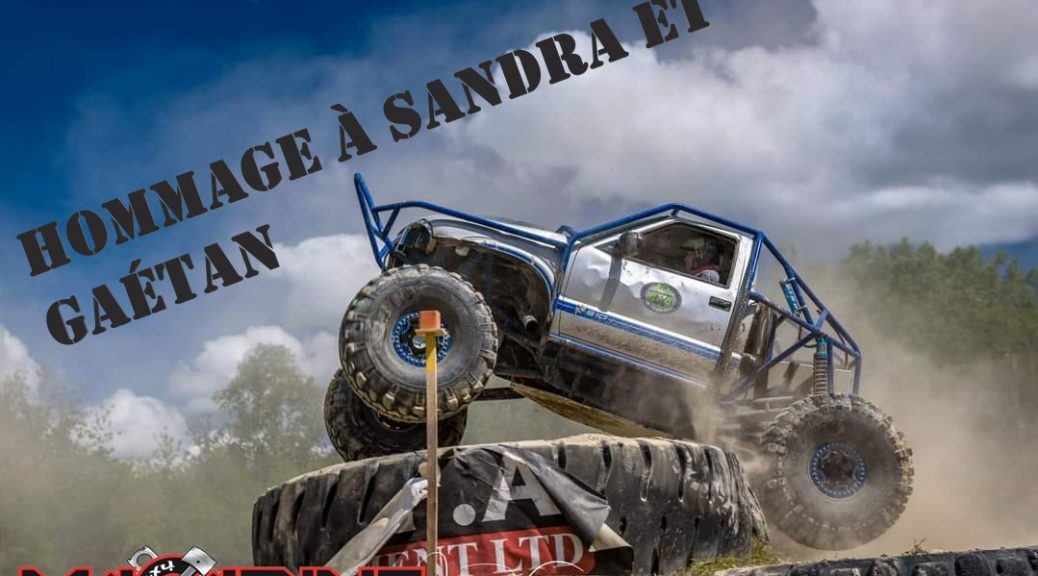
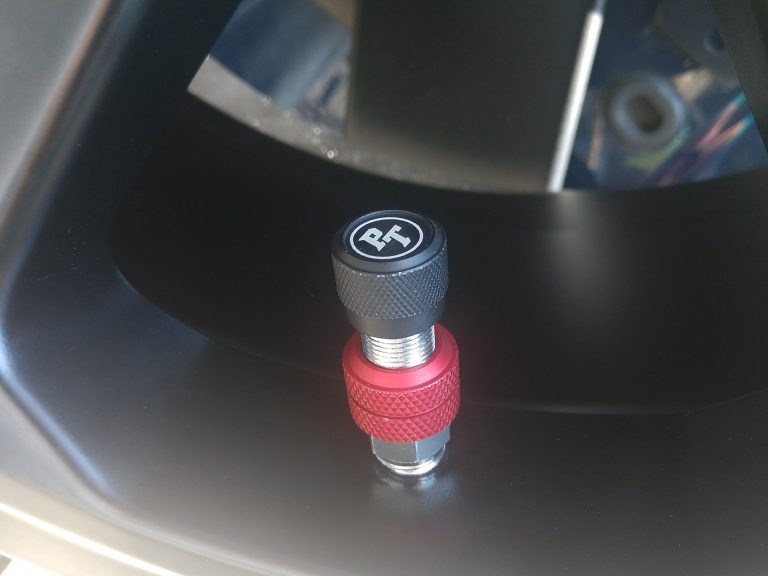
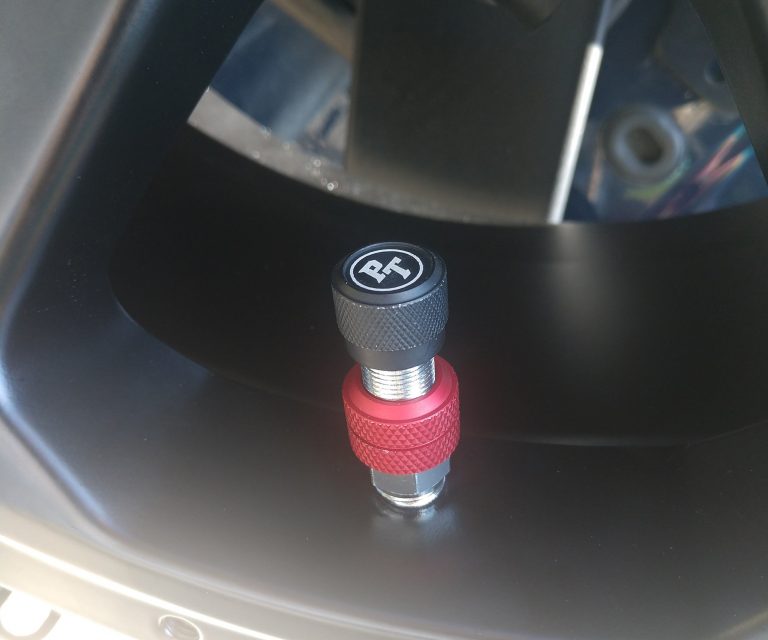

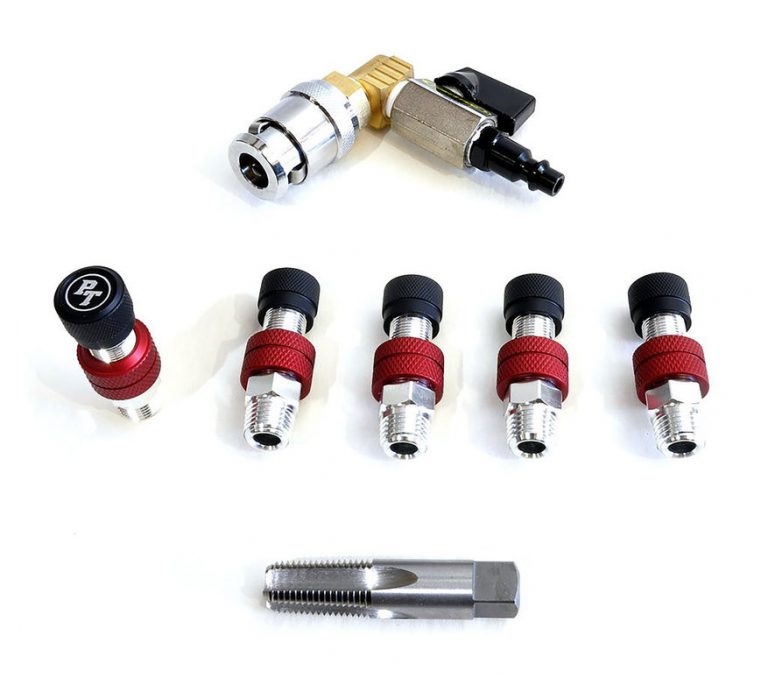
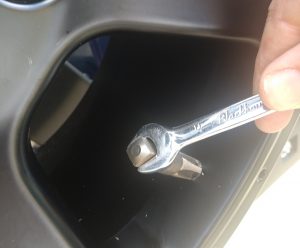

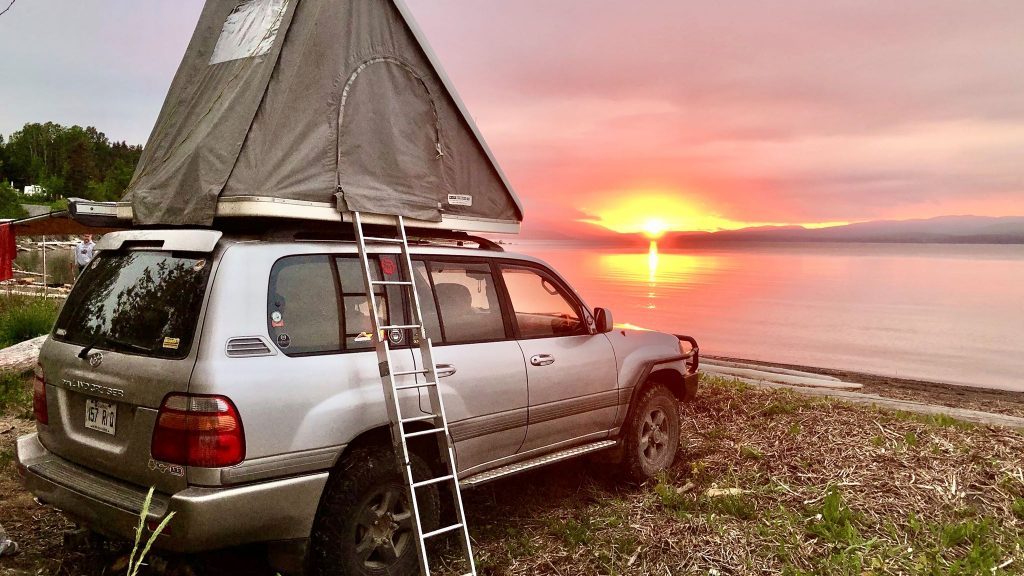
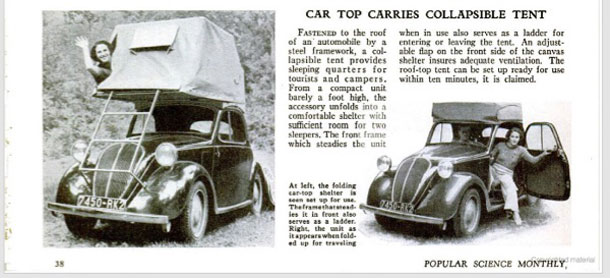

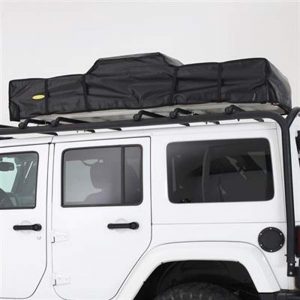
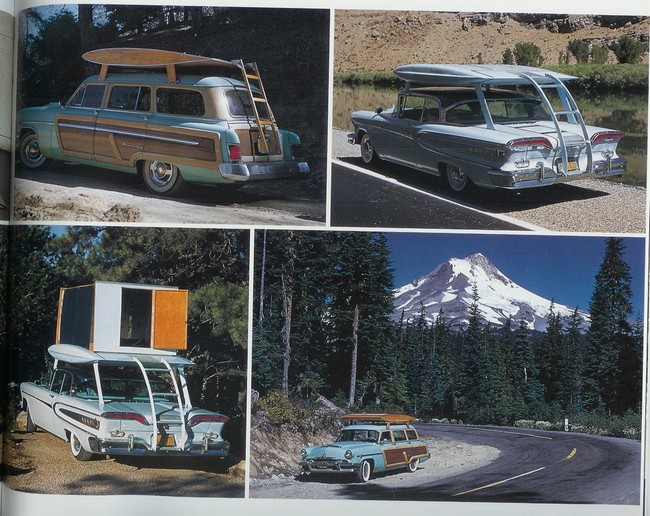
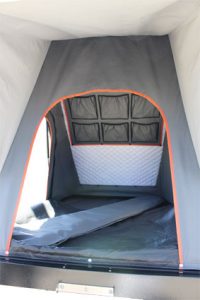

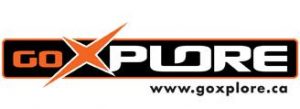 : http://www.goxplore.ca/
: http://www.goxplore.ca/
